2020 was the wake up call that we all needed. It was time to follow our hearts, live out our passions, and say no to a lifetime of being underhanded. We would say no to poor working hours, and throw toxic bosses in the bin where they belonged. Gone were the endless commutes on crowded trains, human bodies huddled together like squashed sandwiches. Instead there would be a renewed focus, realizing that it was now or never. Here was our chance to go solo, and work for ourselves, finding ways to make legit money at home as bad-ass Entrepreneurs. There would be no more ass kissing, a taste of freedom, the scent of happiness enveloping us in a comforting hug. Whether we would start a fashion brand, set up a marketing agency, or get a job in fashion, the sky really was the limit. Lockdown showed us who we were, and who we wanted to be, embracing a new way of working that made us happier, and more fufilled.
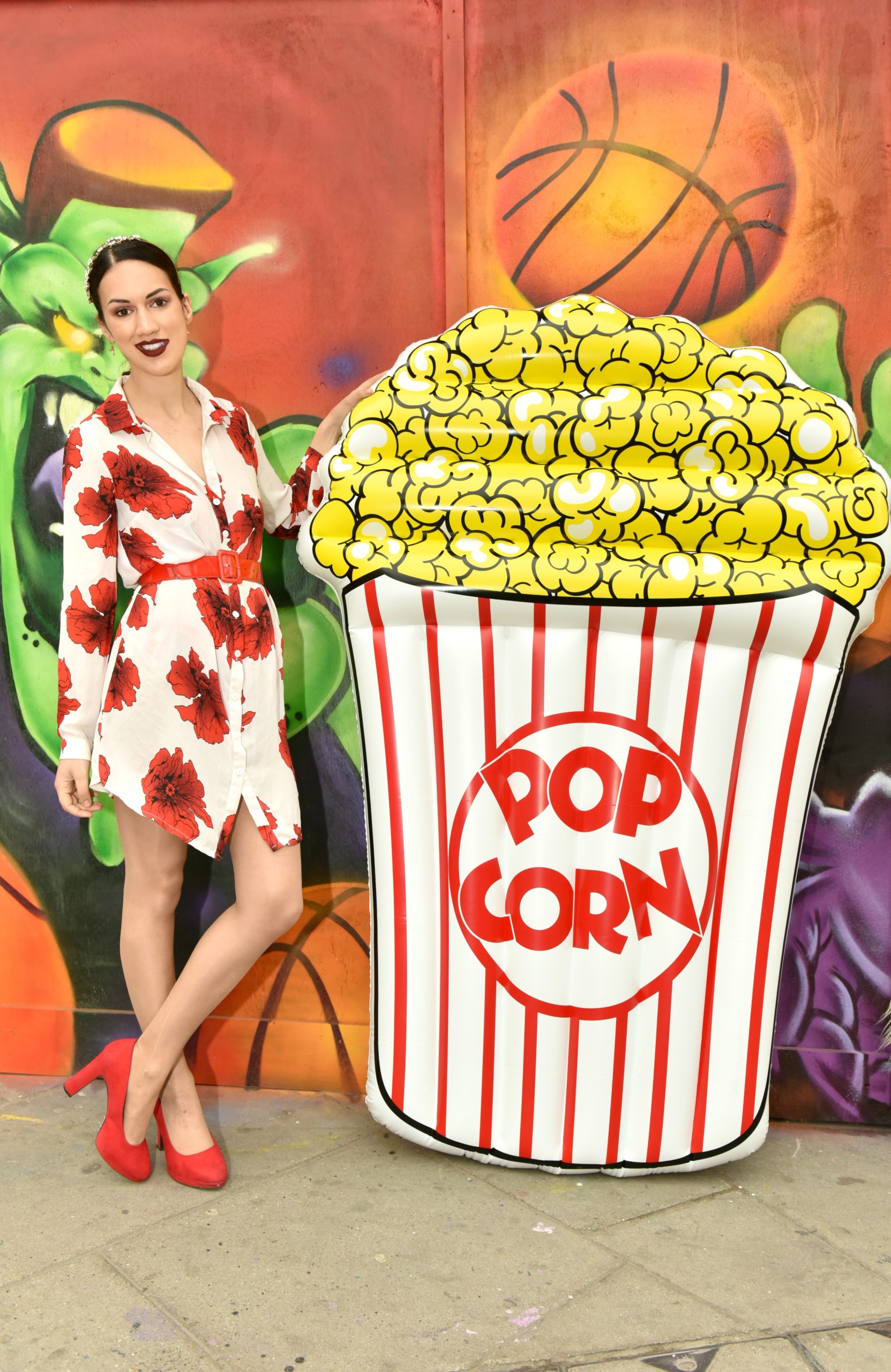
In 2021, the reality isn’t any different, with 26% of workers choosing to work from home after lockdown, and 64% wanting to start their own business. But what is it that appeals about being our own boss, starting our own personal brand or being a freelancer? Well, a whole host of reasons. For starters, having the initiative to start a fashion brand takes a whole load of balls. You are putting yourself out there, and have no idea whether you will make it big or go bust. But here’s the thing, there is no such thing as failure, only mistakes that we can learn from to grow, and be strong. Instead what you get is the incredible feeling of freedom, unshackled from traditional working hours, a passion project come to life.
Though the hours are long, and the blood, sweat and tears real, you are swept into a world where you are a mother-freaking star. Your talents are on show baby, and it is a party that the whole world is invited to. Forget the naysayers who told you that you would never amount to nothing and say goodbye to the cynics who told you that you should get a ‘proper job’, because money is everything. Actually, money don’t mean shit if you aren’t happy, and the last time I was working full-time for someone else I was miserable. I could barely eat, spent sleepless nights stressing, and the anxiety haunts me to this day, feeling like the never ending fear of burn out is here to stay. But working for myself makes me happy, and today I feel happier than I have in a very long-time. I have a reason to wake up in the morning, without feeling engulfed by depression, low moods and dark thoughts swirling in and out of hyper-anxious tendencies. This was my meant to be.
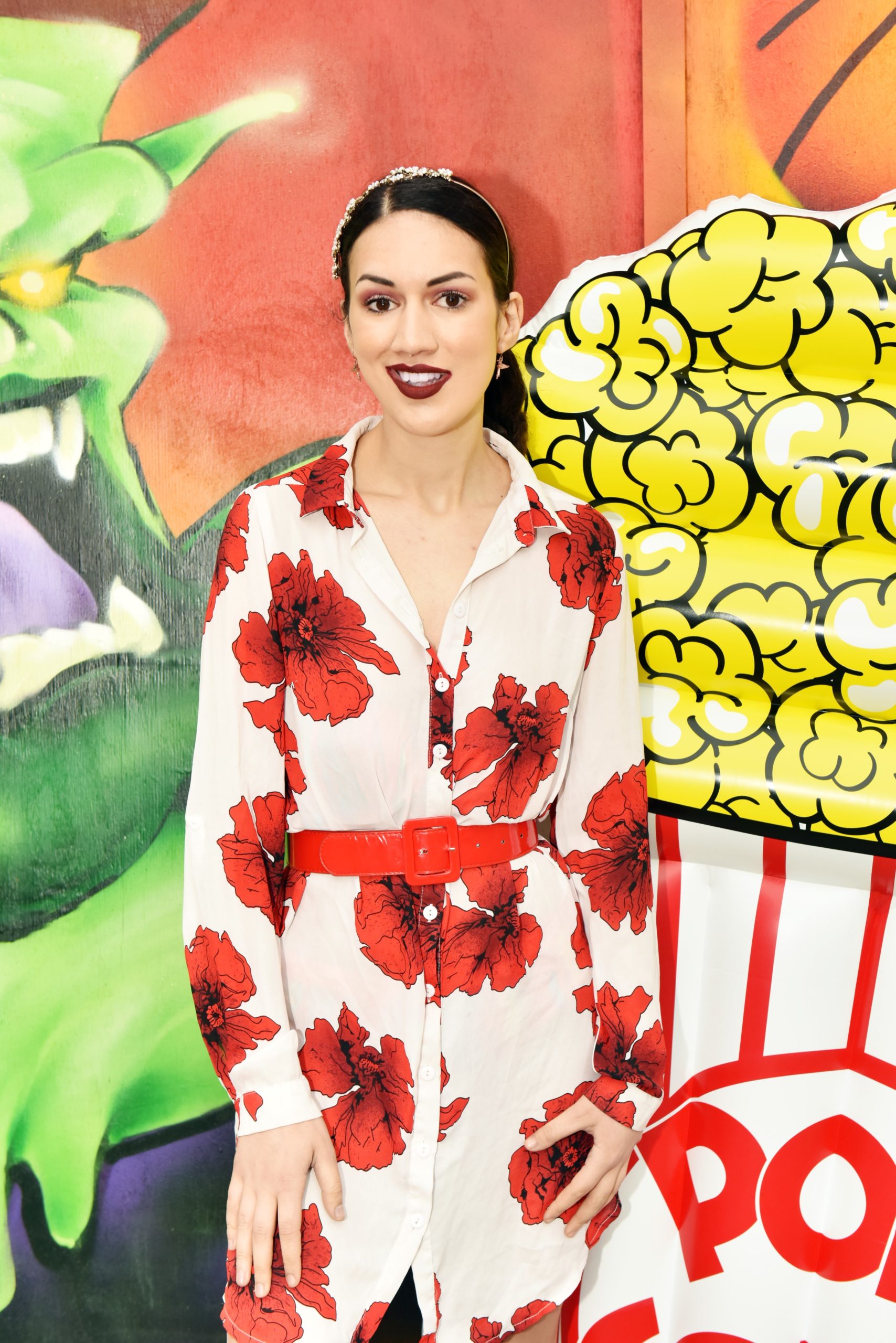
I am not the only one who feels that way. My best friend Marie at What Corinne Did, started her own INCREDIBLE handbag brand in 2021, and has been killing it. While I might be completely biased, M knows a thing or two about marketing a fashion brand, and getting results from day one. In just a few months she has made sales, worked with great influencers, and created an amazing website that promotes the brand’s unique selling point: classic, chic, and sophisticated bags with a colourful twist. From mint greens, to pastel blues, her website is a wonderland of colour, that proves that creating a colourful fashion brand does not have to be painful. Instead it can be personalized, intrinsic to who you are as an entrepreneur. So why are more people choosing to start their own businesses after lockdown?
If 202o has taught us anything its that life is too precious to not achieve our heart’s desire. No matter who you are or where you are from, if you have a dream, you damn well chase it. Forget those who say that starting your own brand is unatainable, because it is only when you believe in yourself that you have the power to shine. Tomorrow is not guaranteed, and who knows what your future holds. What matters is choosing to start a fashion brand that you have always dreamed of having. Whether you start your own handbag brand, a homemade clothing boutique, or art merchandise store, your fashion brand should be personal to you. Do you live and breathe colourful vegan shoes? Set up your own vegan shoe company, with a colour-block aesthetic.
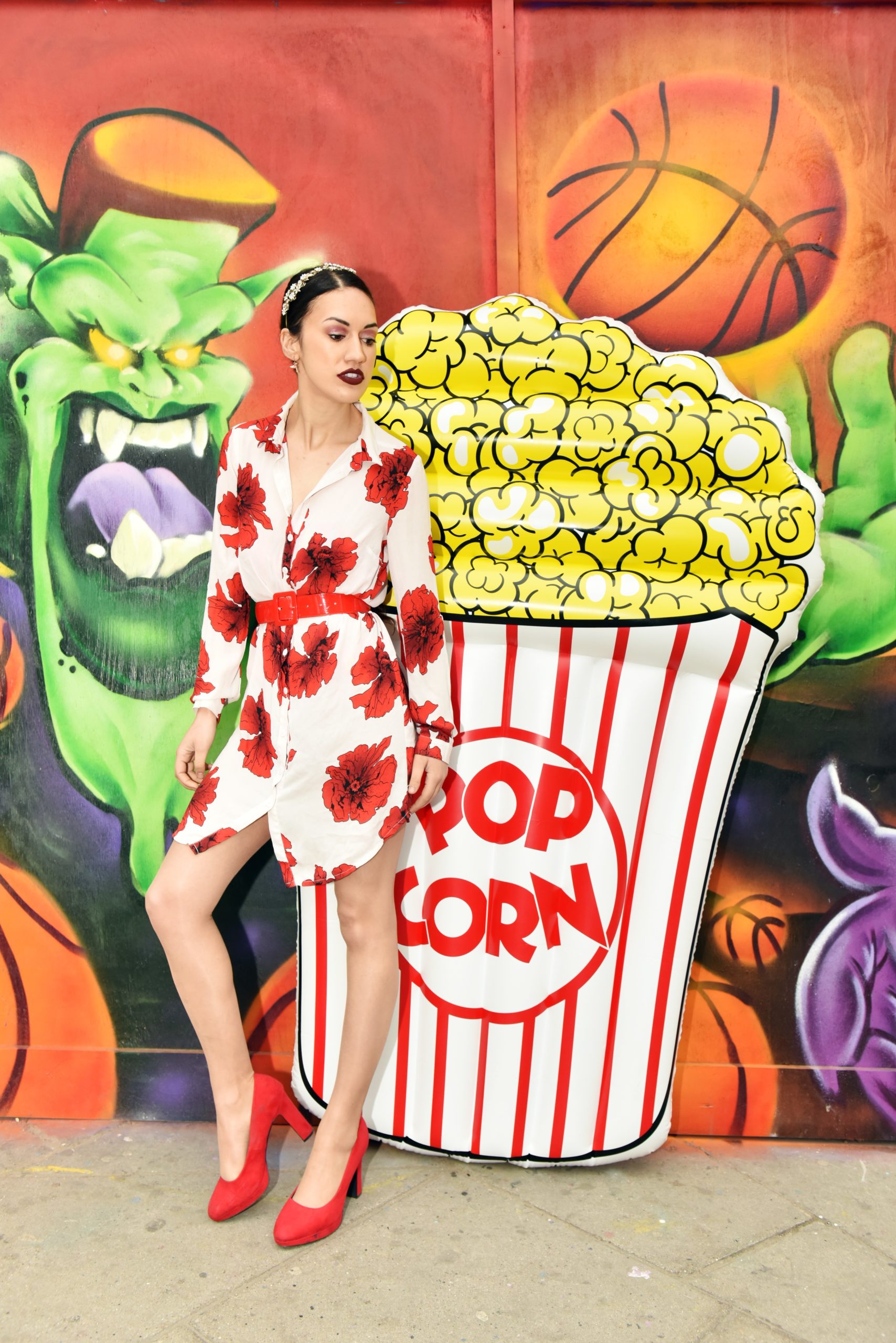
Want to create a summer-ready slider range, in a plethora of yellows, blues, greens, and oranges? You can do it! Just make sure that you find reputable suppliers of wholesale sliders for the summer, to keep your comfy yet fashionable shoe range on fleek for your customers. And that’s the real T. Creating your own fashion brand, lockdown or not, goes beyond having a concept, idea and vision, but it is about being strategic too. Ask yourself, do you understand your fashion brand market? Using the ‘summer sliders’ as an example, the target audience would be those who have disposable income, want to keep up the latest trends, and love having the hottest sliders on their feet. In statistical terms, this would be a target market that is similar to Pretty Little Thing, which is 16-34 year olds, who are fashion conscious.
So, if you want to start a fashion brand in 2021, you have to think carefully from a creative, business and strategic point of view. What is your unique selling point, and how do you differentiate from your competitors. Who are your competitors, and what do they do well? Whether you are a shoe brand, a headband brand, or a small fashion business, it is important to draft up a cohesive business plan, that will map out your fashion vision and make your amazing ideas come to life. But how do you go about starting your own fashion brand, when there are so many huge fashion companies out there? Join me, as I take you step by step and show you how to start a fashion brand that is well-thought out, profitable, and gives your customers what they want!
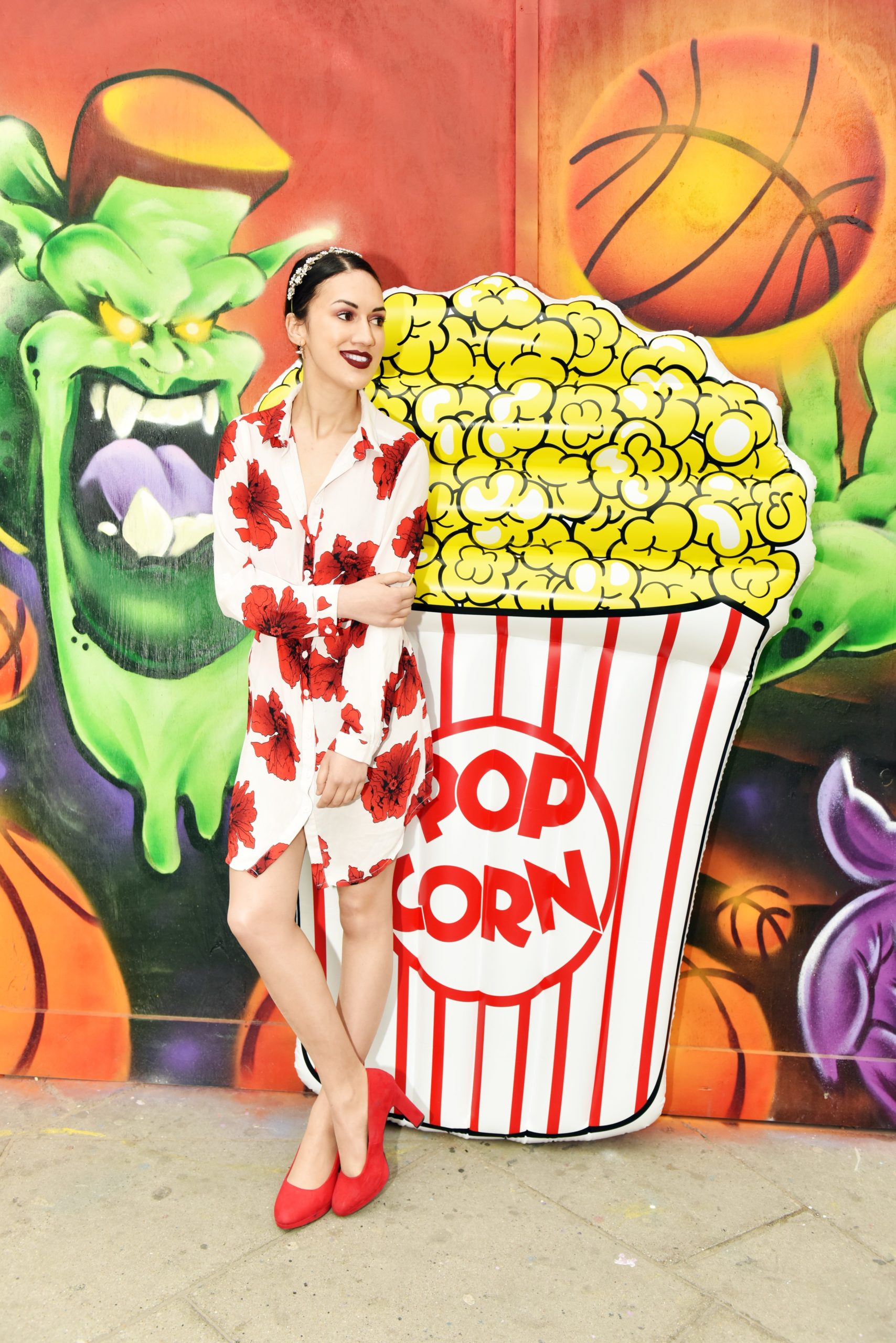
Starting Your Fashion Brand: The First Steps
So you want to create a fashion company, but don’t know where to start? No problem! Together we will identify what your strengths are, whether there is a gap in your chosen fashion market, and tactics to create a profitable plan for brand success. Learning how to start a fashion brand after lockdown does not have to be painful after all!
What Is Your Fashion Brand Concept?
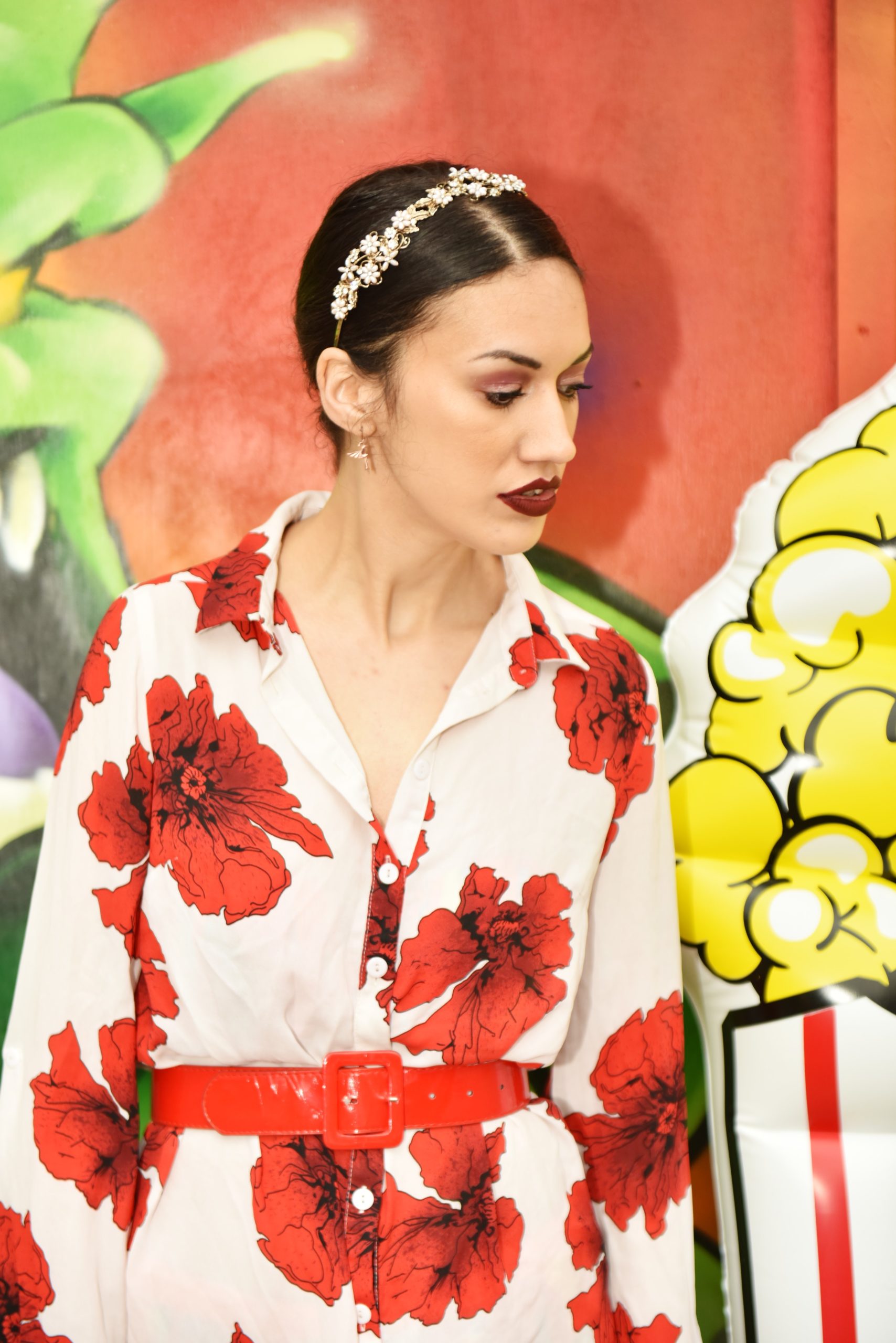
First of all, what is your clothing brand concept? Are you looking to create a luxury, made to order haute-couture dress collection, a’la Elie Saab and Teuta Matoshi. If so, what do you offer that your competitors don’t? Maybe it is high-quality haute couture fashion that people can actually afford, similar to what Chi Chi Clothing offers, but with a hand-made twist. You might have your own pre-made designs that is available for your customers to purchase, but also have the availability to create stunning, personalized dresses as well. For example, if I was designing a dress, it would be a baby blue tulle ballgown with grown up Cinderella vibes, emblazoned in embroidered butterflies, flowers, and upper corset detail, with (cruelty-free) boning.
Creating a concept goes beyond figuring out what your brand sells, but also its name, the services it will offer, and your company branding. Using the haute couture range as an example, your name needs to be something that means something to you. In my case, the brand might be called ‘Jazmina Couture’ (as I love the name Jasmine), ‘Spring Is Falling’ ( a reference to Faded Spring) or ‘Frida’s Floral’s’ ( a reference to my nickname, and my favourite print). After all, clothing is personal because it defines our ‘personal identity’ and as a fashion brand owner. So the fashion that we choose to make, sell, or select, should be in alignment with what ‘we like’ and what we think our potential audience would like. So how can your fashion concept be rooted in authencity?
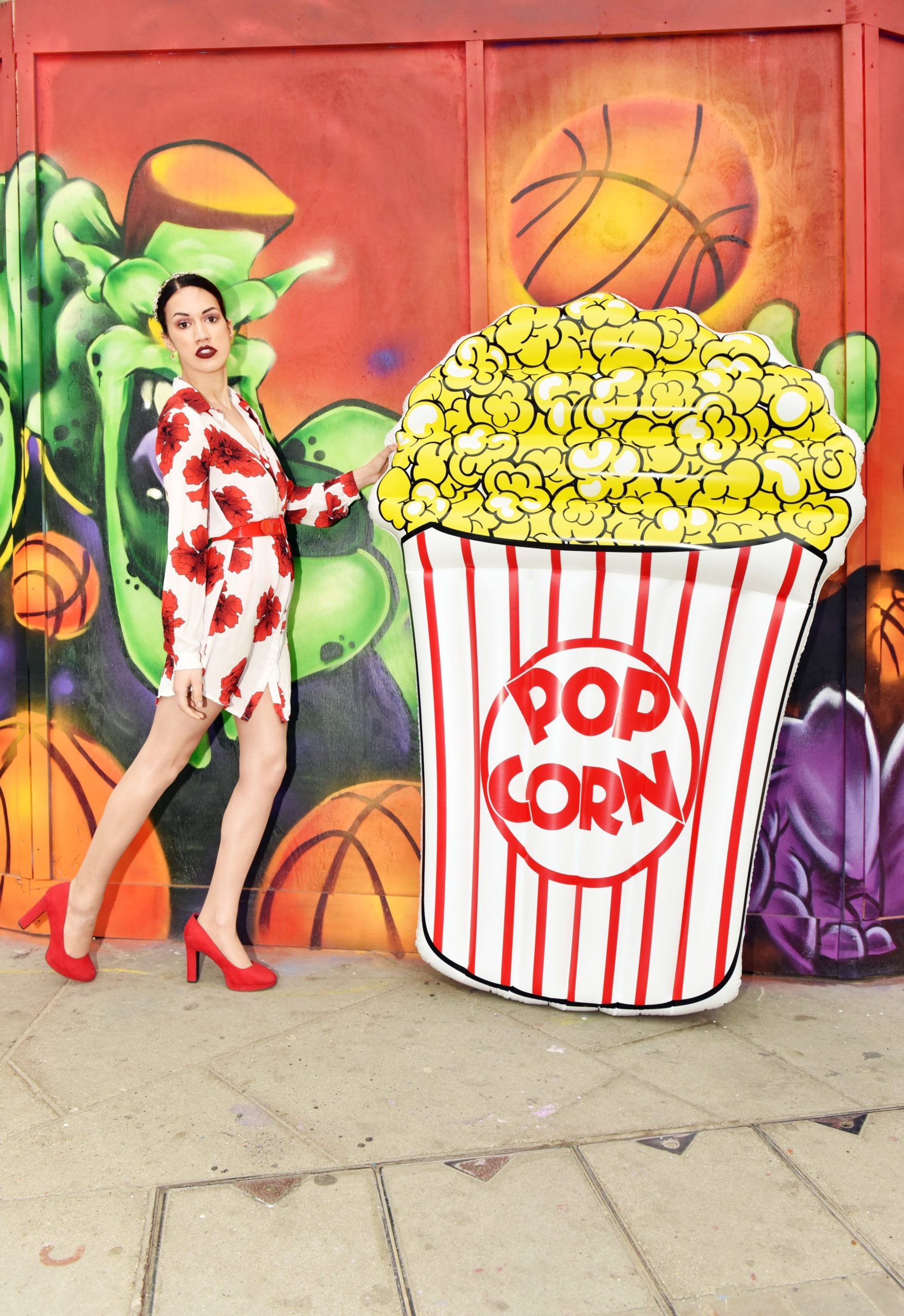
Put yourself in the customers shoes. What is their needs, what are their wants? What can you give them that noone else can? In my eyes, if I was creating a brand, the affordable haute couture would fit my vision perfectly. After all I am a Princess on a budget, a part-time mermaid and a unicorn at weekends, so everything from the name, to the services, website, and social media channels need to clearly align with my brand. I would want to create a positive brand concept, that empowers its customers to feel good regardless of age, gender, or ethnicity. My dresses would be made for anyone, and I think that is what is missing in the market. Affordable beautiful dresses that will look amazing on drag queens and petite girls, pluz size queens and tall men. No matter who you are, I would aim to be inclusive. Moreover, all the dresses would be vegan, and cruelty free, supporting the environment, animals and its people all in one.
Understand Your Fashion Brand Market
I have already talked about the importance of being unique, but let’s take a deep dive into authenicity, uniqueness and standing out from the crowd. Once you have defined your ‘clothing concept’ it can be all too easy to think that you need to do what your other competitors are doing but that is not the case. If you look at a brand like Shein, the reason why they excel is that they create ‘affordable, fast fashion’ on demand, with new styles everyday. Their shipping has become faster, they often have huge sales, and have paved the way for similar fun brands like Romwe, Zaful and ChicMe. They do well because they know exactly what their target consumer wants, and have been able to stay on top of the competition for years.

Pretty Little Thing is another fantastic example. In between strategic brand partnerships with the likes of Molly Mae and Doja Cat, strong branding across channels, innovative social media campaigns, and diverse models, PLT is one of Social Chain’s biggest companies. Last year it made $694 million in revenue, and it shows no signs of stopping in 2021. In The Style is also a ‘fast-fashion company’ that has done really well, championed for its ‘real’ and authentic partnerships with creators such as Stacey Solomon and Jac Jossa, who are prided themselves on creating ‘grounded content’. They even turned down a huge partnership with Love Island, because they didn’t feel that casting chose a diverse range of women and men, which was against their values.
So that’s why it is important to examine your target fashion market and understand what the other fashion brands have to offer. Giving you a different example, let’s say you are creating something more niche like a vegan handbag brand, that is affordable, yet high quality. Your competitors would include Matt & Nat, Fenella Smith, and La Bante, who all create designer style vegan handbags that are £200 or less. Look at what these brands do well, and what they could improve on. Let’s look at the amazing Matt & Nat who is widely considered to be a pioneer in the vegan handbag industry. They excel because they have been around a while, experiment with different recycled materials such as cork, and create timeless bags, that look like ‘real leather’.
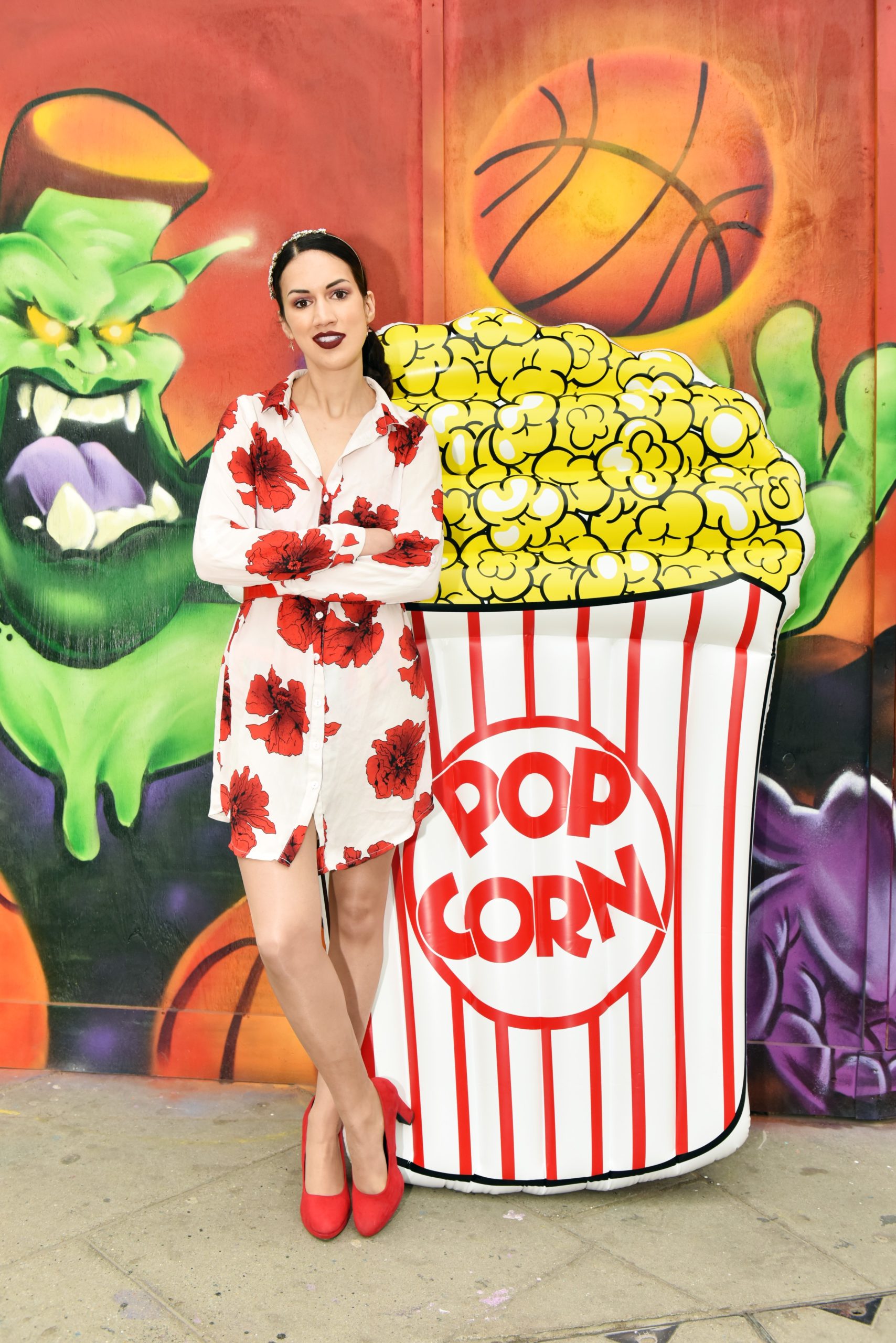
Catered to those who live a cruelty-free lifestyle, are eco-conscious or want to reduce their use of leather, Matt & Nat are PETA approved which is a big plus in the vegan community. So what can you as a potential vegan handbag owner do differently? After all, you want your brand to stand out, and directly compete with Matt & Natt to become a global handbag sensation. So how do you do this? You can use Google to find your competitors, use SEO research tools like MOZ and Ahrefs, to see what keywords your competing brands are ranking for, and read relevant books, articles and magazines. What’s more you can visit shops to see how brands market their bags, look at consumer behaviour and track it online and offline, as well as conducting market research to create a target customer profile.
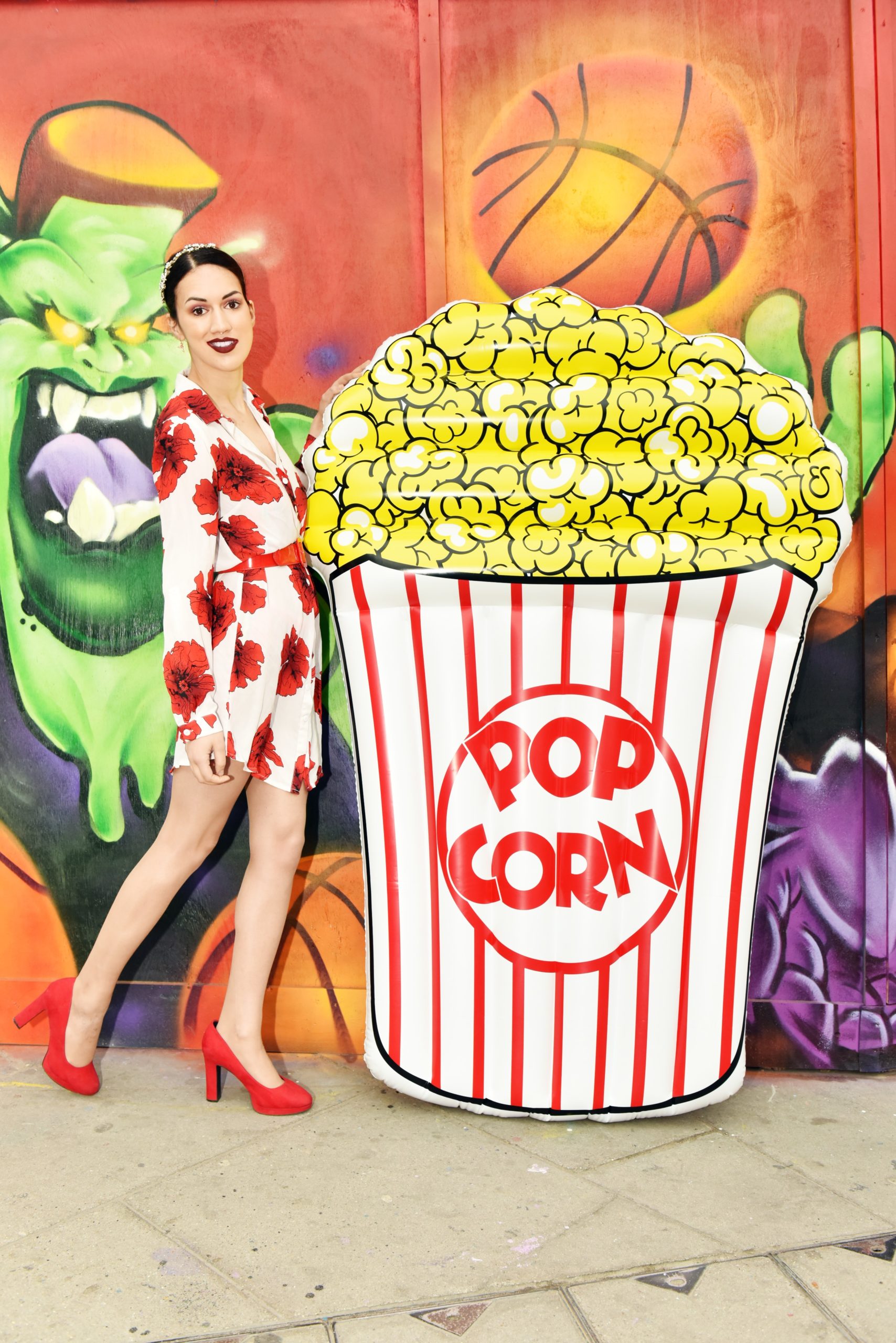
Research Competitors In The Fashion Brand Field
Speaking of competitors, identifying who your customers are, is so important. If you don’t know who you are competing against, then you have no idea whether you are just offering the same thing as other companies who are similar to you. Let’s say that you offer amazing, artsy, handmade merchandise as an artist, like Bob’s backpacks, which is sold on Etsy. Run by Gabi Freitas, she offers the most amazing illustrated and vibrant bags, t-shirts, jumpers, bomber jackets, prints, hats and even shorts. I am obsessed with her colorful, bold aesthetic, and her unique selling point is that she offers designs that you won’t see elsewhere. So your competitors would be other small businesses who offer handmade, self-illustrated pieces on Etsy, but all offer something different. As an example your competitors might include The Prawn Shop, Dorkface Creates, Fairytale Collars and Liz Harry Design. All small businesses who are amazing in their own right.
It is helpful if you narrow your list down to five key competitors that are the most similar to you, as direct competitors. Or, if you are doing something completely different that has never been seen before, identify why your target audience need your products. For example, your niche might be Frida Kahlo inspired headwear, and clothing that is directly inspired by the incredible artist herself. All too often because of the way I dress and look, I get called ‘Frida Kahlo’ a lot, and to my knowledge there is not a dedicated store for Frida Kahlo clothing. There is 100% a demand for it though, with a volume of 1,300 searches for the keyword ‘Frida Kahlo clothing’ in the US alone, and a $0.60 CPC rate. What would you sell, would it be flower crowns, floral dresses, and bold art prints?
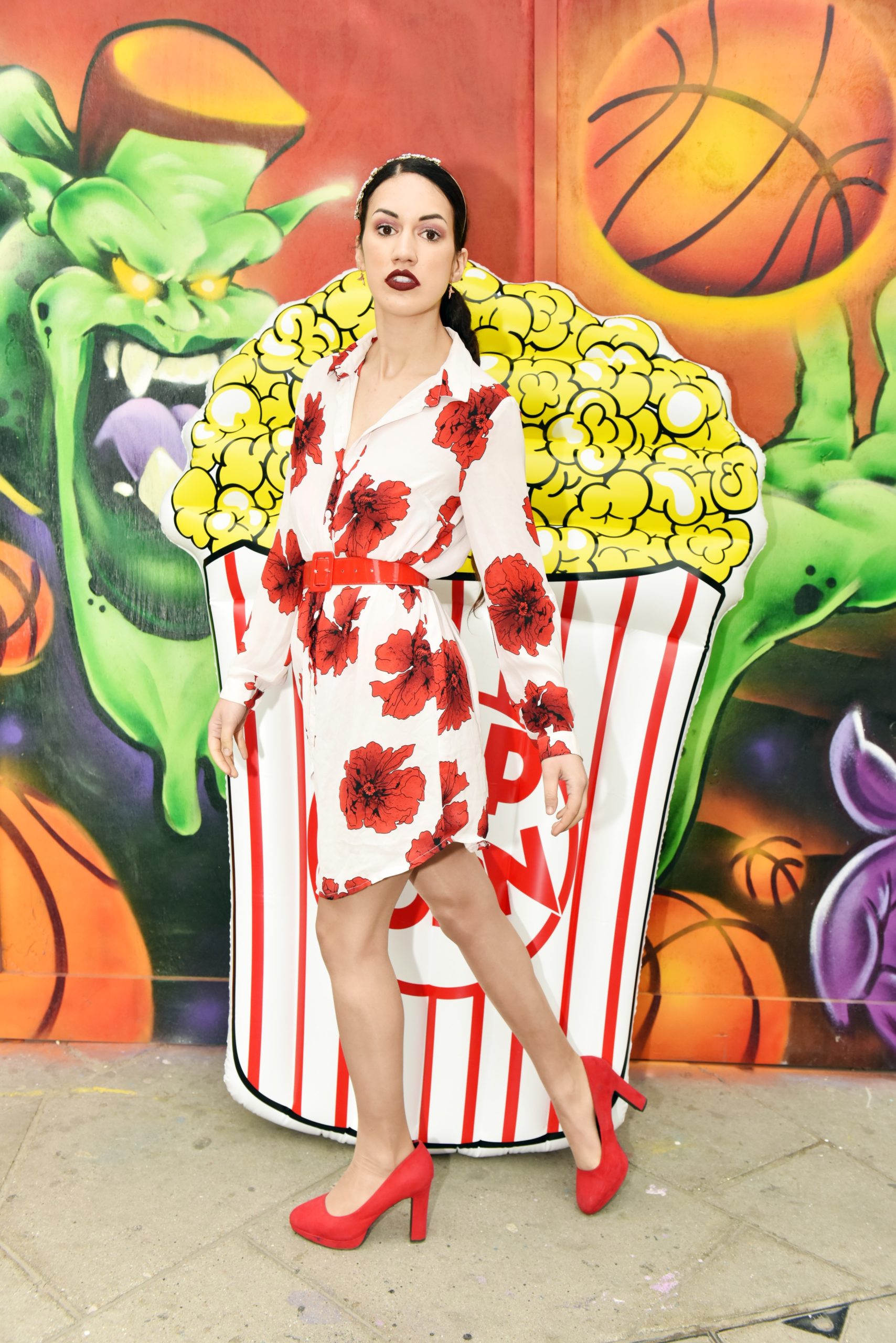
While there are brands who offer ‘Frida Kahlo designs’ there is not an online store that is purely Frida Kahlo focused. After all, surely it can’t just be me who loves wearing flower crowns and floral prints? If you are looking to start a fashion brand that has the potential to go mainstream, you might want a mixture of ‘large’ and small brands in your competitor list. For example as a wholesale clothing brand, your ‘large competitors’ will include Pretty Little Thing, Boohoo, Missguided and In The Style. The smaller, but amazing clothing brands might include Katch Me, Glamorous, Nothing But Style, Dancing Leopard and Girl In Mind. These are actually pretty big brands, but smaller than the Social Chain giants.
Narrowing down your fiercest competition takes time, and trial and error. You might realize as you flesh out your brand that your earliest competitors are not actually aligned with what your brand needs to represent. For example, you might realize that you want to create a slow fashion brand like Lucy & Yak, People Tree, Komodo or Mother of Pearl. Sustainable, good to the environment, and unique designs, you can really contribute to the wider good. As a cruelty-free blogger, I don’t wear any animal materials, so its really important that I only wear cruelty free clothing. So why not look for competitors who do cruelty free clothing well, are vegan and PETA approved but still look super fashionable?
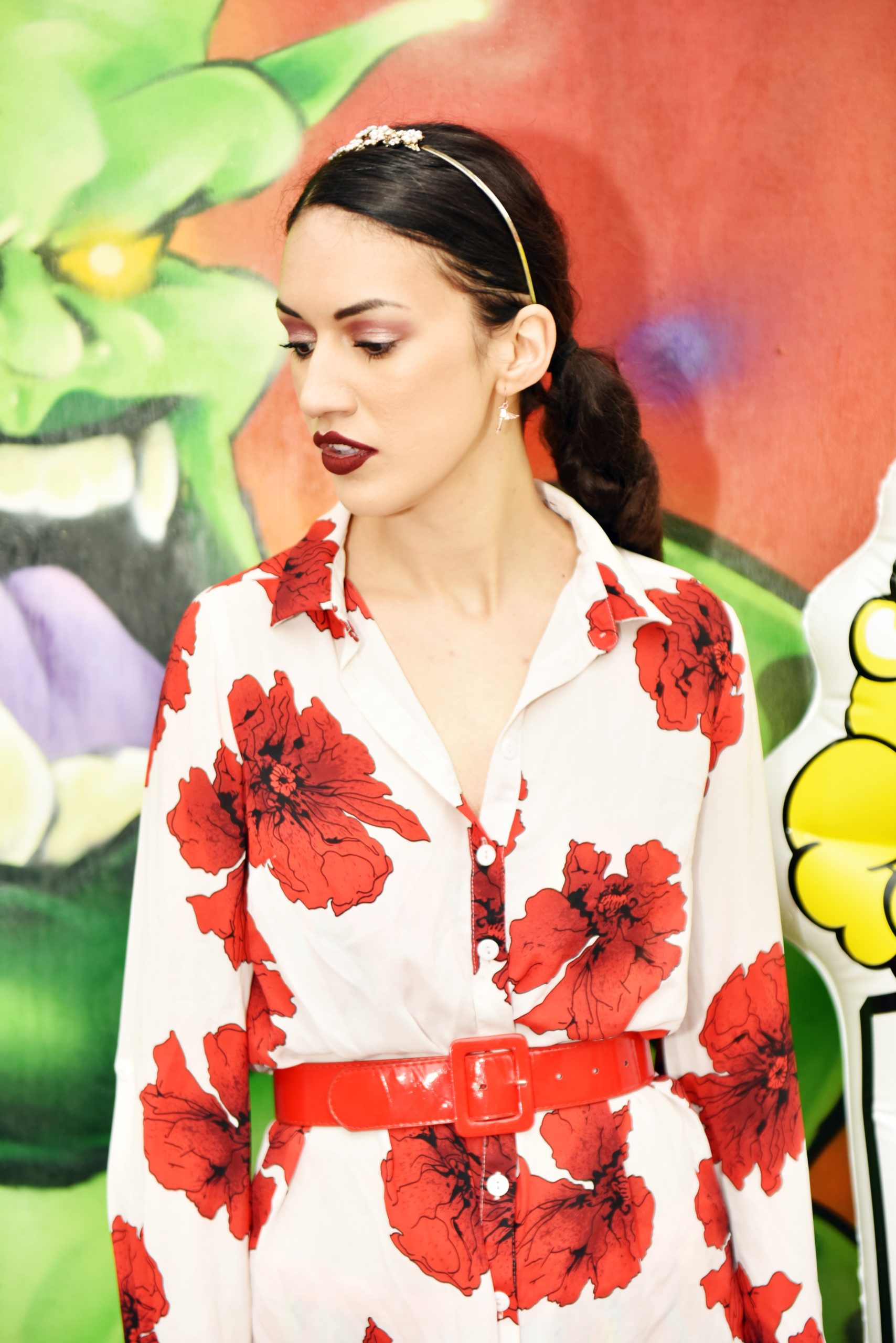
Define Your Customer And Attract The Right People
The initial brand development stage shows that ‘defining’ is a buzzword that crops up a lot. From defining your brand vision, to defining your competitors, and brand market, it’s important to have a clear cut strategy. Which is why defining your customer is integral, since it will improve your chances of succeeding as a clothing business owner. Your customer is the key to not only making sales, but also fostering genuine human connections, and creating relationships with your customers. Your customer needs to feel wanted, and it’s your job to make sure that you are catering to your audience without excluding any target customer. So, who do you want your customer to be? What is the age range, what are their interests, where should you find your customers?
Let’s say that you are competing with PLT to be a fashion marketplace that is affordable, and offers mass production. Your unique word is ‘choice’, and this is what is going to bring dedicated customers to your page. The fact that you have new styles dropping everyday is what will make your customers want to buy from you, and like PLT you need to attract the target demographic of 16-28, particularly those who spend large amounts of time alone on channels like Instagram and Tik Tok. This is because the younger target audience are online, so this is where you can find your customers and attract them to your fashion brand. If you are unsure on who your customer is, and how you can attract them, it might be worth partaking in market research.
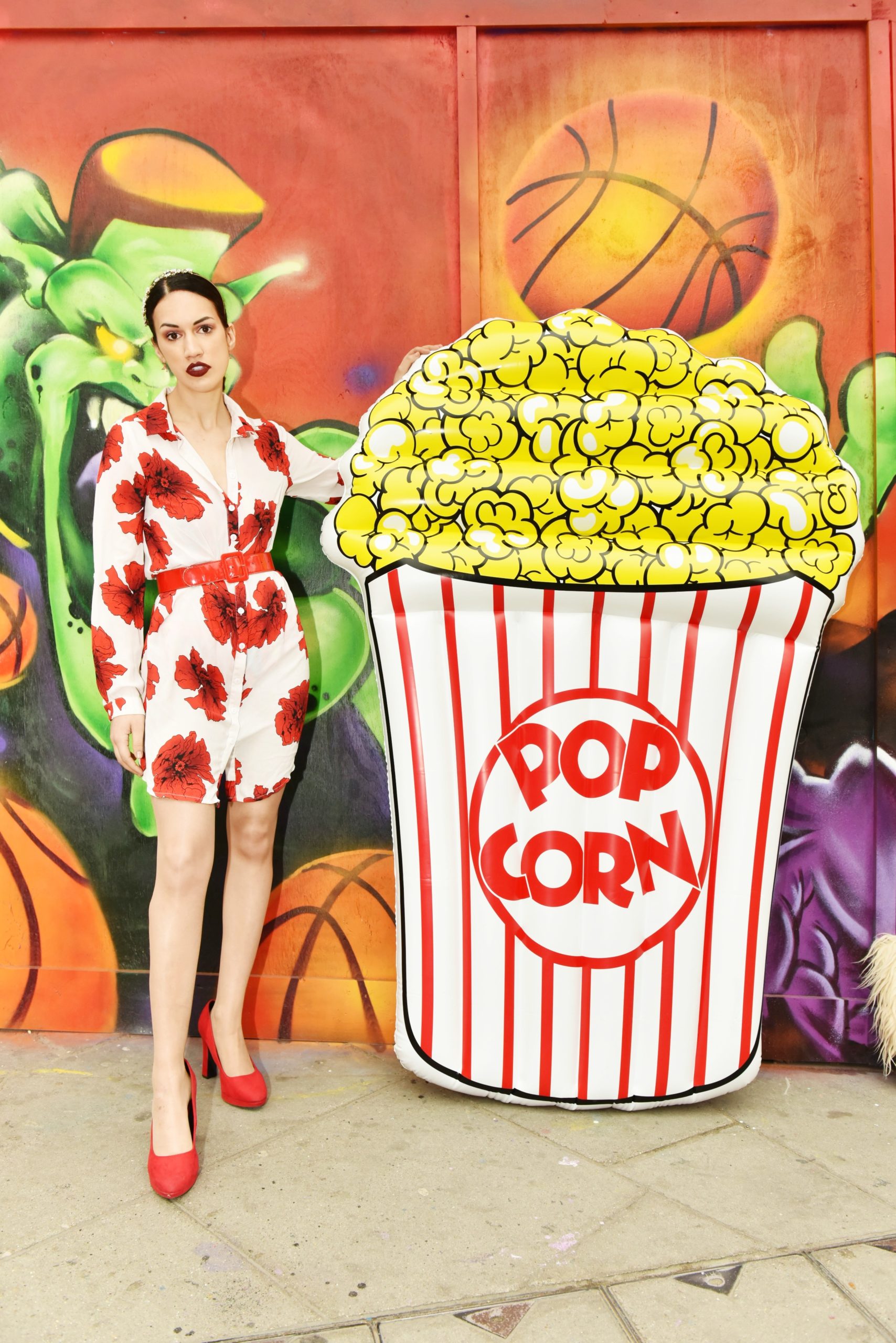
Start with ‘consumer testing’ and ‘market research’. You can glean research from Instagram shops, that are ‘social only’ (i.e boutiques where you DM to order), brands who have a digital and brick and mortar presence (like New Look), and online brands like Isawitfirst. Look at how they post on social media, how do they attract customers to purchase their products, what kind of creators do they work with. Understand why their marketing, social media and influencer marketing strategy is so strong, but identify what they can improve on. Where is the gap in the market for you to outrank them? It might be that their clothing is not ethically made- as is the case with many fast-fashion brands- so figure out what type of customer you are after as a sustainable fashion provider.
Sustainable fashion providers like People Tree have a smaller target market because of their price, but there is still a demand because there is an increase in ethical shoppers. More people are being enlightened on what goes on behind the scenes in the fashion industry, and are choosing to support smaller brands as a result. Plus because of lockdown, we are choosing to buy from small businesses, because we want to support the industries that are most affected. In my case when I buy from small businesses, it is because they offer something unique that I have not seen anywhere else. It might be flower crowns, tiaras, hats, headbands, clothing, art. Whatever it may be, operating as a small business means that you need to define your customer as being someone who appreciates something different. So determine why you are choosing to start a fashion brand after lockdown, what your values are, and who your customer is as a result.
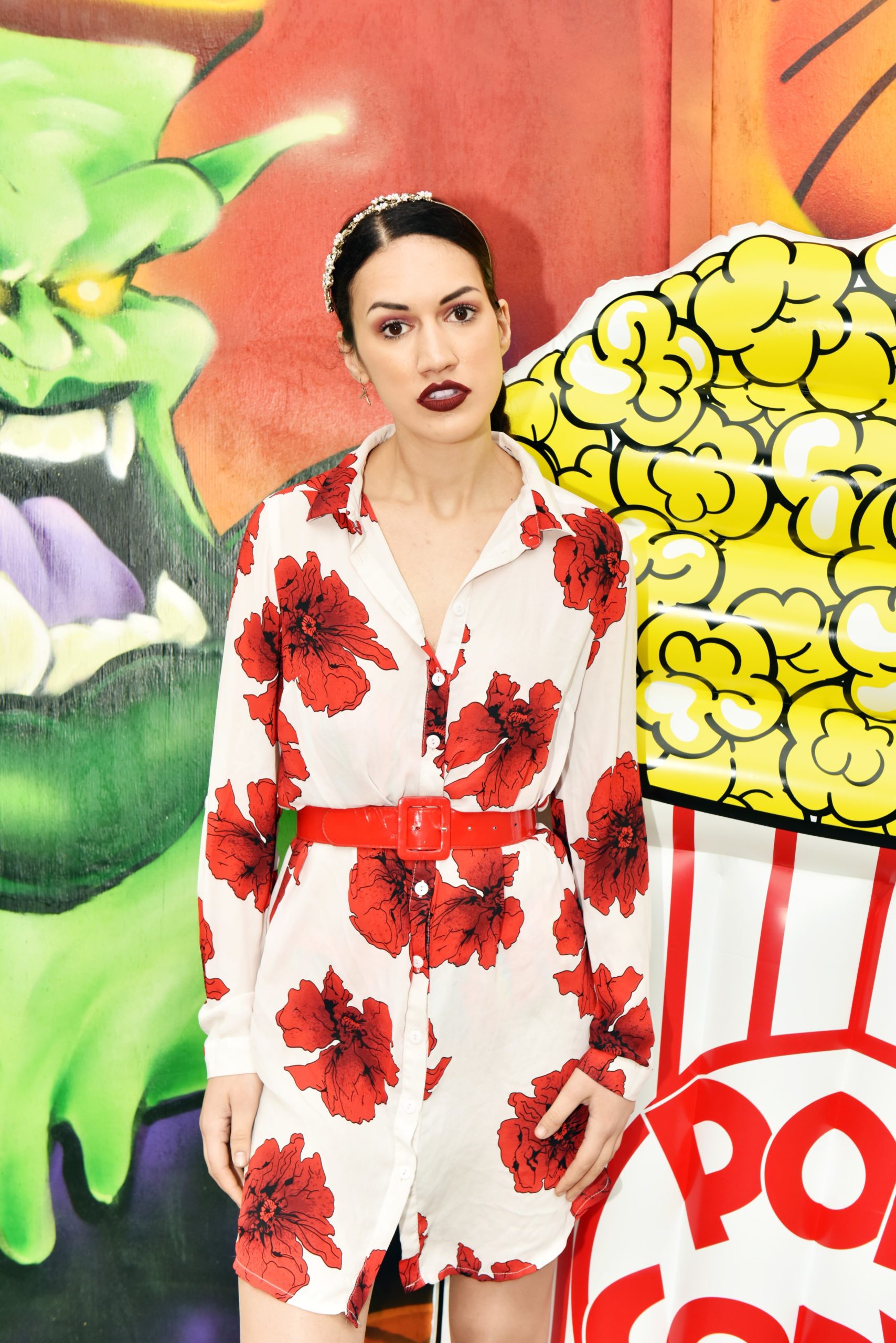
Branding, Identity And Planning: The Next Step
Creating a a name for yourself is one thing but how do you go about doing it? Well, you need to learn how to ‘plan for success’, by creating a strategic content and business content that will elevate your content. Think about what you want your brand to be, and what you would like to offer. From content planning, to financing your brand, and creating a strong brand aesthetic, branding is key to success.
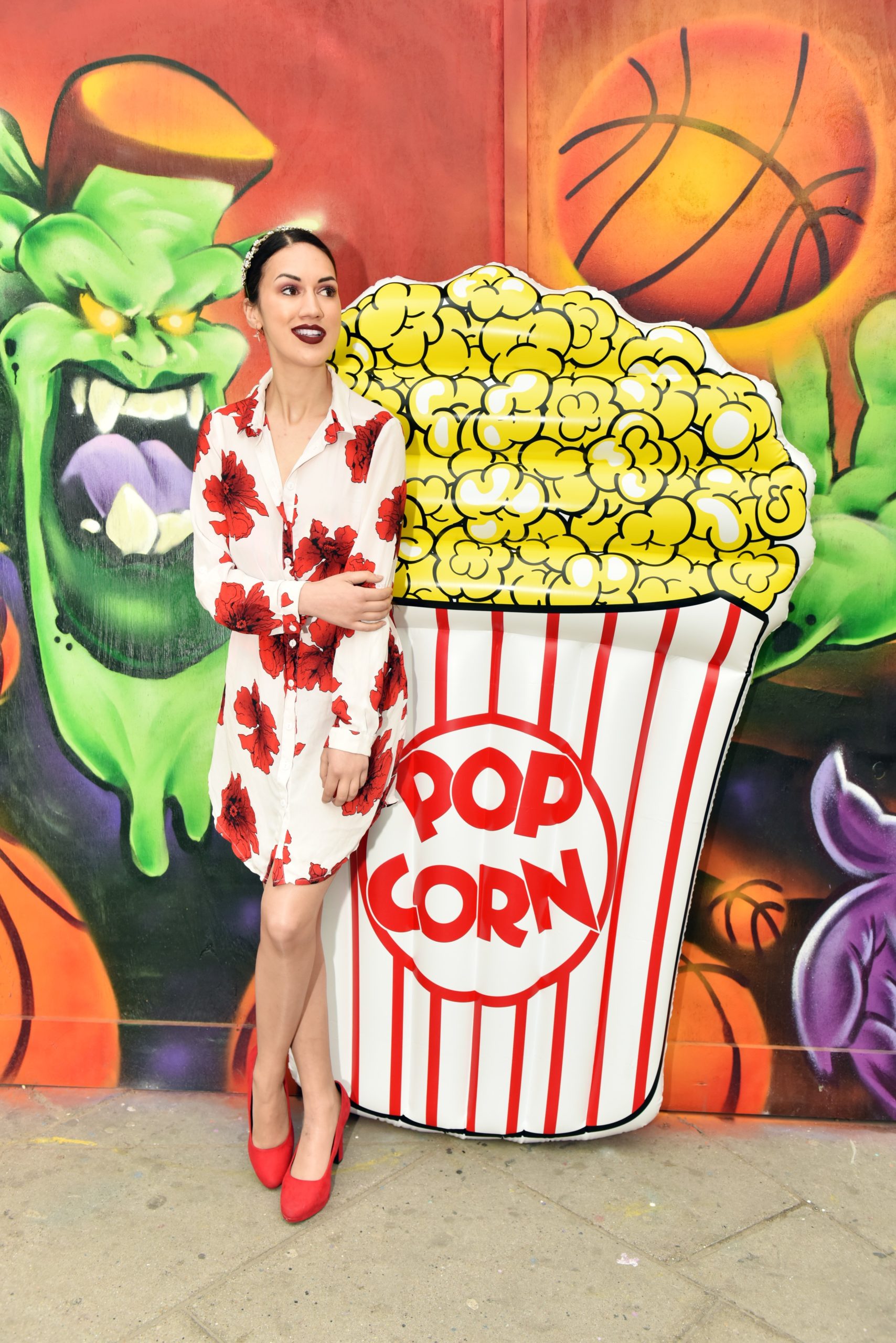
Make A Profitable Plan For Brand Success
Once you have established what your brand will sell, and how you are as a business, it is important to create a profitable plan. First of all, what is your business model? Are you creating a subscription model (like Just Fab with shoe subscriptions), a bundling model (you might be selling online styling and design courses) or a leasing model (you are a company that buys a product from a seller). In my friend Marie’s case, her business model is centered around leasing, as she buys from a wholesaler, before adding to her website.
Your business model should also identify the products or services that your fashion brand intends to sell, as well as your identified target market and any anticipated expenses. For example, you want to run a vegan shoe brand, that is artisan, AKA made by you, and often made to order. You want to market the products at ‘high-street prices’, while using high quality vegan materials, creating shoes that last. However, the product that you are trying to sell is tricky. It is difficult to create high quality products at low prices, which makes you re-evaluate your business model. This is why creating ‘targeted consumer profiles’ is important because it forces you to ask yourself tough questions, and explore alternatives.
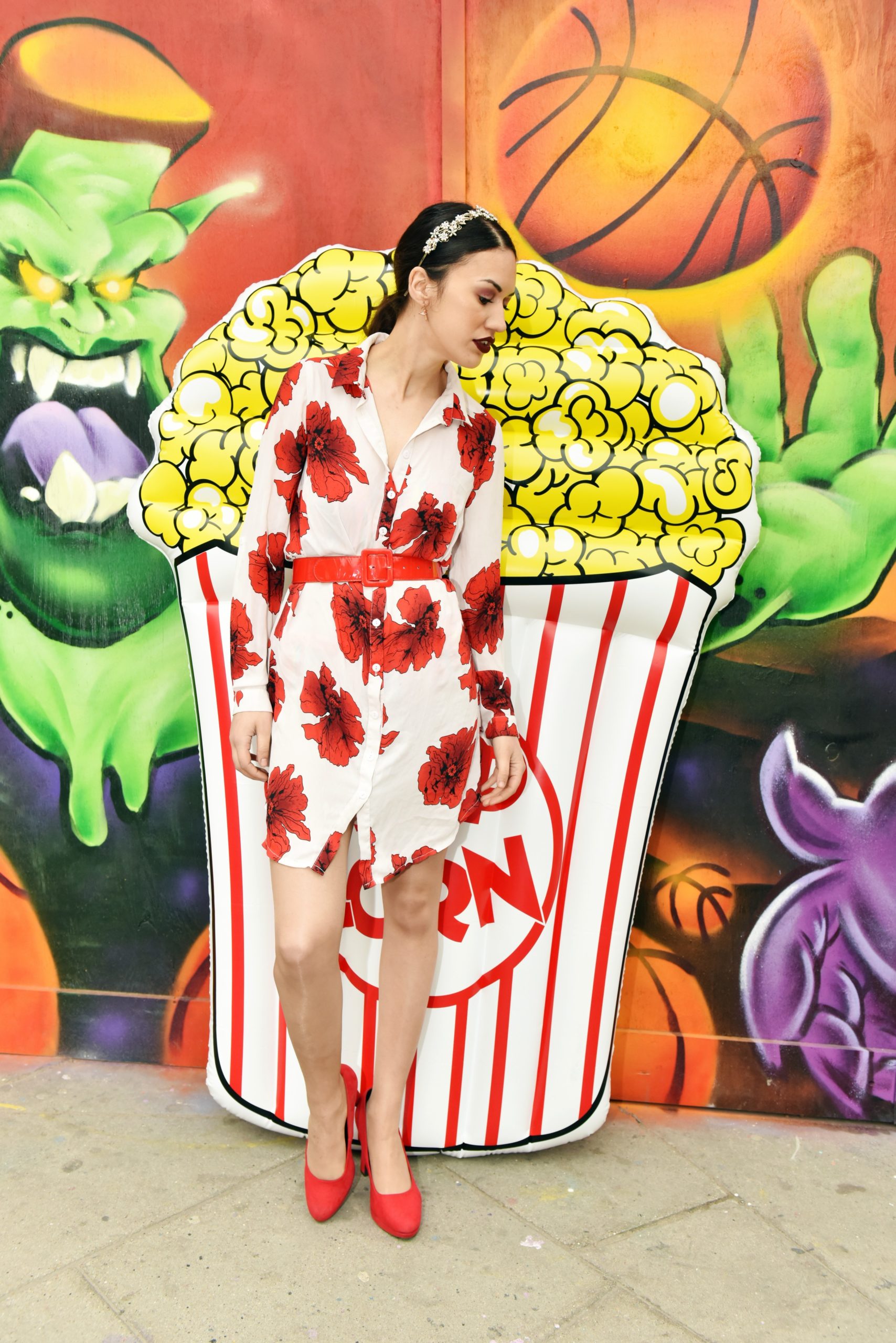
For example, it might be that you will be attracting a smaller, niche targeted market, but you will be able to build a loyal customer base over time. You will need to up-value your products in order to make a profit, and take into consideration your sales and marketing strategy, ideal plan for profit, and what your turnover needs to be, in order to be comfortable as a small business. While you are creating a non-mainstream brand, what you do get, is people that come to you because they want something different. If you look at Elleni the Label for example, she does well because she offers unique, hand-made berets in all shapes and sizes, colours, prints and designs, that are so different to other hats that are on the market right now. With a clever social media and marketing strategy, and excellent use of reels, videos, stories and colourful shoots, she knows exactly how to create a profitable plan for brand success.
The important thing to note is that creating a business plan isn’t permenant, but a tool that will continue to change and evolve as your business grows. The bigger you get, the more expenses you will have, but the greater the profit reward. A good business plan acts as a roadmap that helps you start, manage and develop your business flawlessly. Remember there are many types of business plans so establish what is best for the type of brand you want to create. If you want to start your business quickly, then a lean startup format will help you start a fashion brand after lockdown effortlessly. They are useful for visualizing tradeoffs and fundamental facts about your company, and allows you to change and refine your business plan regularly.
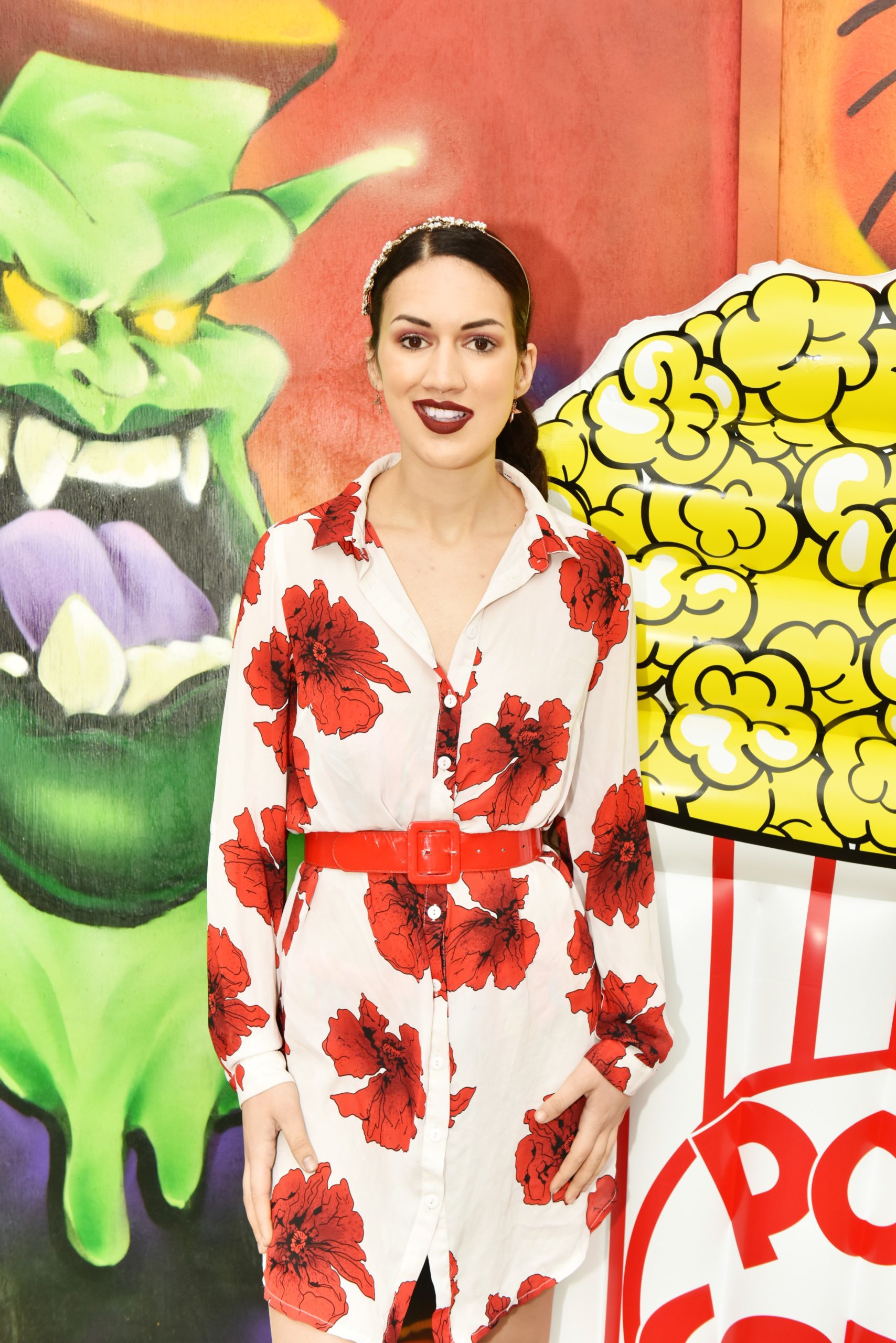
Learning how to start a fashion brand in lockdown takes a lot of courage, determination and bravery. But the rewards are worth it!
Establish Your Brand’s Identity, Branding And USP
Which brings me on to my next point, establishing your brand’s identity, branding and USP.Honing a distinct aesthetic, unique branding and planning out your brand is definitely key. From the colours you use, to the tone of voice, brand language, graphic design, and even logos can really help elevate your brand. That’s why it is important to take your time to create your ‘dream brand identity’ because the fashion market is so saturated. Even if what you offer has been done before, what can you do to make your brand different? It might be the colours you use, for example bold and colourful clothing pieces, shot against street art, for a different brand aesthetic to minimalist white wall shots that you normally get. The homepage branding will be bright and vibrant too.
Let’s say the title of your brand is ‘Colour Wanderlust’, an accurate depiction of the fashion store you are trying to create. You sell colourful t-shirts, dresses, skirts, trousers, jackets, shoes and accessories at an affordable price, and want to be the next Shop Easy Tiger, an amazing independent UK brand. With 70’s power vibes, strong denim, and sequins, florals, and zebra prints, this is the kind of brand that you would like to model your collection after. But remember, although it is Ok to be inspired by other brands, individuality is important. You need to do something different. In your case ‘Colour Wanderlust’ might sell clothes for everyday wear, festivals, parties, and have a strong mix of casual vs formal outfits. No matter the occasion, colour wanderlust is on the table.
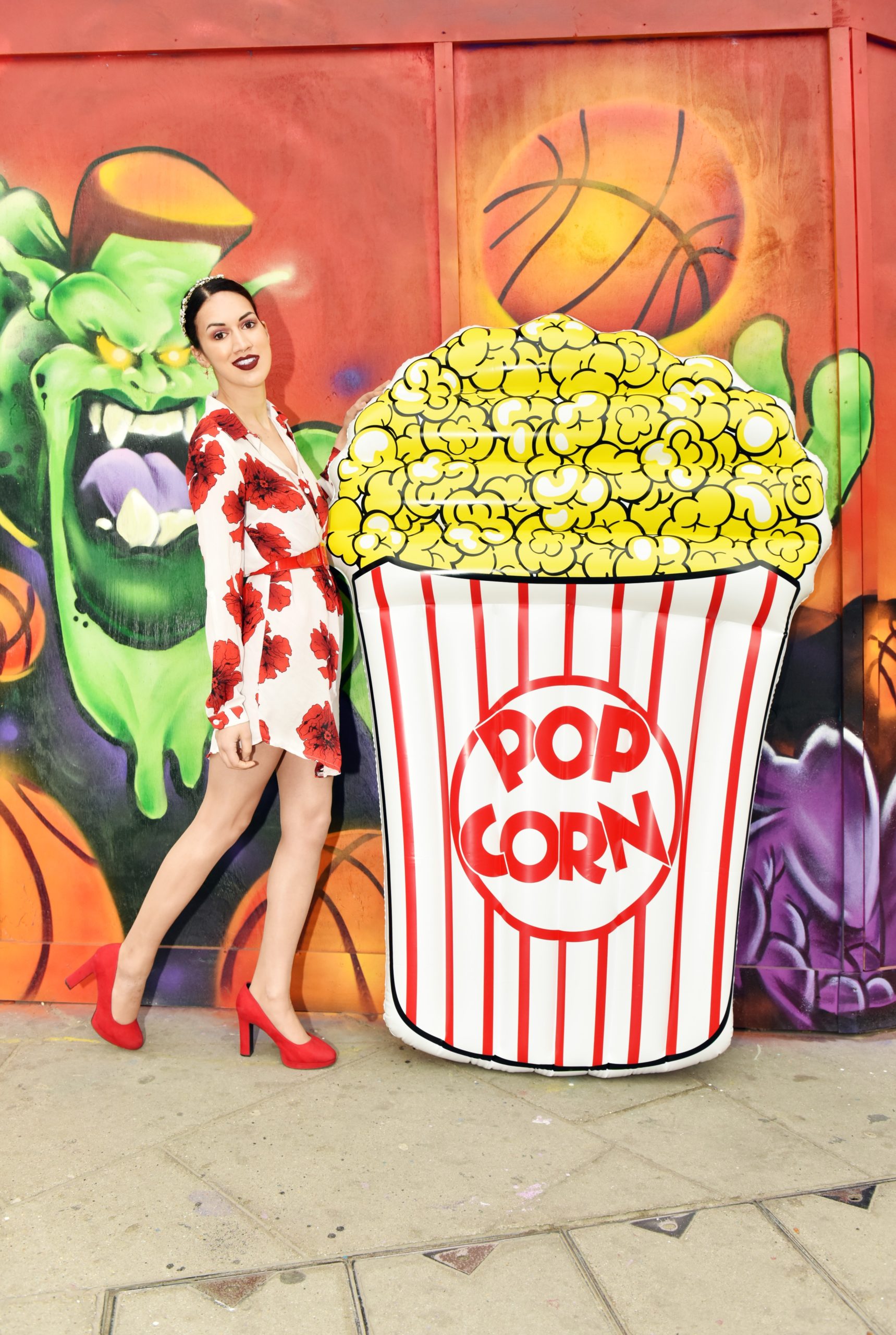
Continuing with the colourful theme, you have to ensure that branding is key across all your channels. Your social media channels need to evoke the same ‘colour wanderlust’ that your website does, and it needs to be clear that they are all aligned. For example, if your social media channels are minimalist, pared back and neutral, this 100% will not be the vibe you are after, seeing as your website is so bold. Work with colourful creators who use colourful backgrounds, and aren’t afraid to mix up prints, textures, and show their individuality. Your branding, including the branding partnerships you take on, all need to fit your actual products. This counts for your e-marketing, paid advertising, and content too, so make sure your branding is distinctive.
Branding and identity goes beyond colours, pictures, logos, images and graphics, as language is so important too. Using PLT as an example again, their tone of voice is distinctive to them. They are very colloquial, informal, and their copywriting is short, witty and to the point. Their focus is on selling the clothes, rather than making people read for eons, and you would recognize a PLT ad anywhere, even without the brand name. They use the words ‘babe’ and ‘hun’ a lot, catering to the young female consumer, and have chatty interactions with their customers. What they do successfully is creating brand awareness through marketing, while retaining loyalty, because their customers care about their brand. They are seen as exciting, trendy, and forward-thinking.
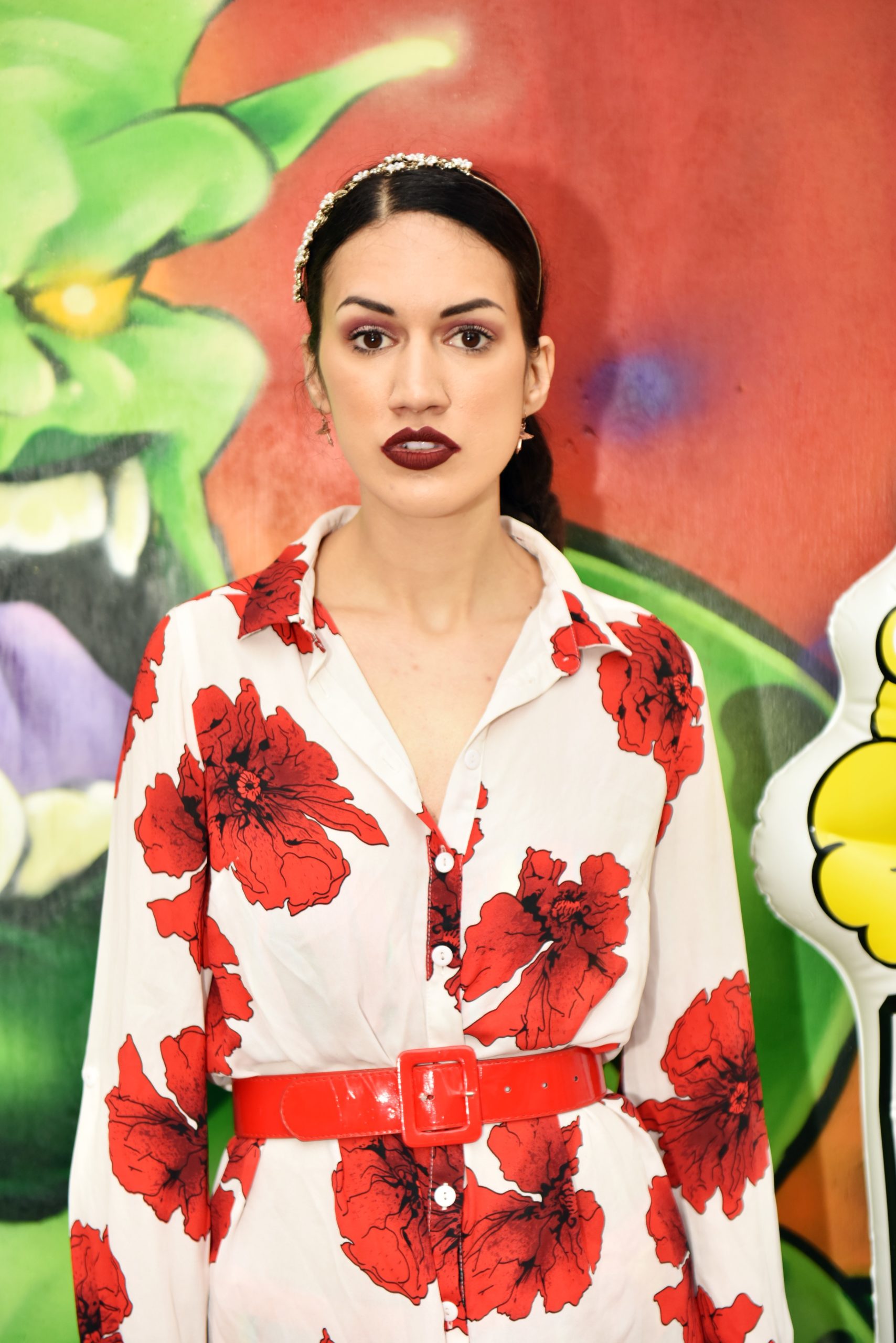
Learn How To Finance Your Brand The Right Way
I know that money talk makes some people uncomfortable but transparency is key. When it comes to learning how to start a fashion brand- especially after lockdown- you need to know how to finance your company. Let’s make it very clear, it takes time to develop and build a fashion brand, so it can take a while before you start selling and generating revenue. You may need to juggle a part-time job, do some temporary freelance work, or even a full-time role, until you get on your feet. Until then, think practically about how you will make money.
First of all, what is your total budget? Once you have worked out how much you can invest into the business, you need to establish how much you can dedicate to each brand area. For example, you might have £500 to go towards marketing efforts (newsletter campaigns, FB + Instagram ads, social media campaigns), with £400 for influencer marketing (micro-influencers would be good to work with to get your name out there), and a further £400 left over to use on events, tradeshows, your website costs, and additional expenses. Working out how much money you have, will really help you kick-start your brand the right way. However, if you don’t have much money at all, you might not be able to spend much, so its important to keep the costs to a minimum.
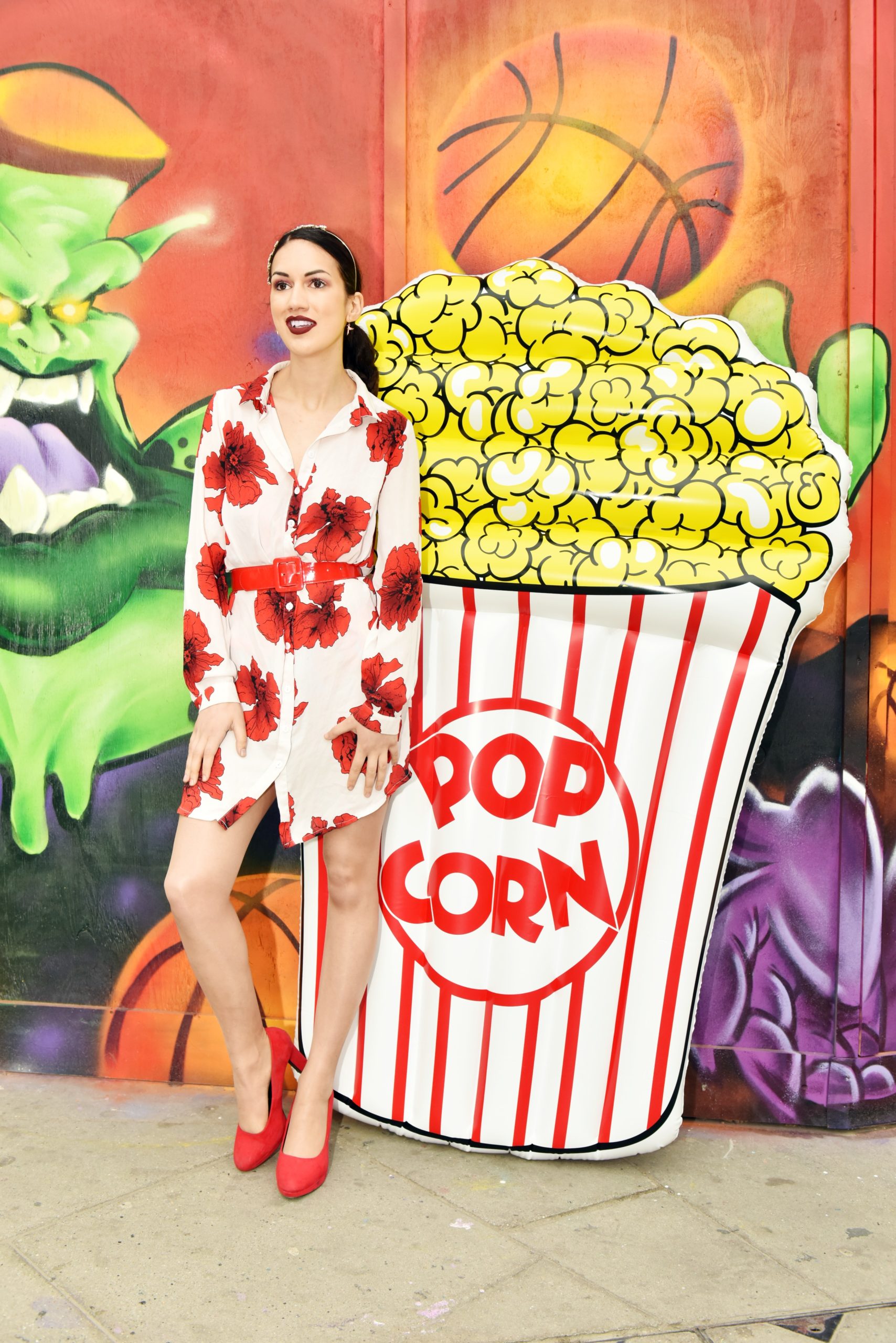
You can try the ‘Quick Launch Method’ which does not involve a loan. It allows you to customize existing products, so that you can have it available to sell to customers in less than a month. It will also only manufacture products when you make a sale, so you don’t need to order stock in advance. This is ideal, as there are no upfront production costs, and helps you save money for website costs, maintanence, and anything else. This is a similar method to what my friend has used, and has helped her already make sales in the three months that she has been operating.
The only downside is that you can only customise the products that the suppliers have already, so they wouldn’t be 100% personalized. This might not be the best option for artists who want to sell their art, but is great for those who want to start a ‘mainstream’ clothing brand or accessory company. It can however be a great way to set up a large fashion marketplace quickly, and create a fashion business that makes sales straight away. If you are offering something unique and need some financial support, a Kickstarter campaign can be a great way of crowdfunding your fashion brand.
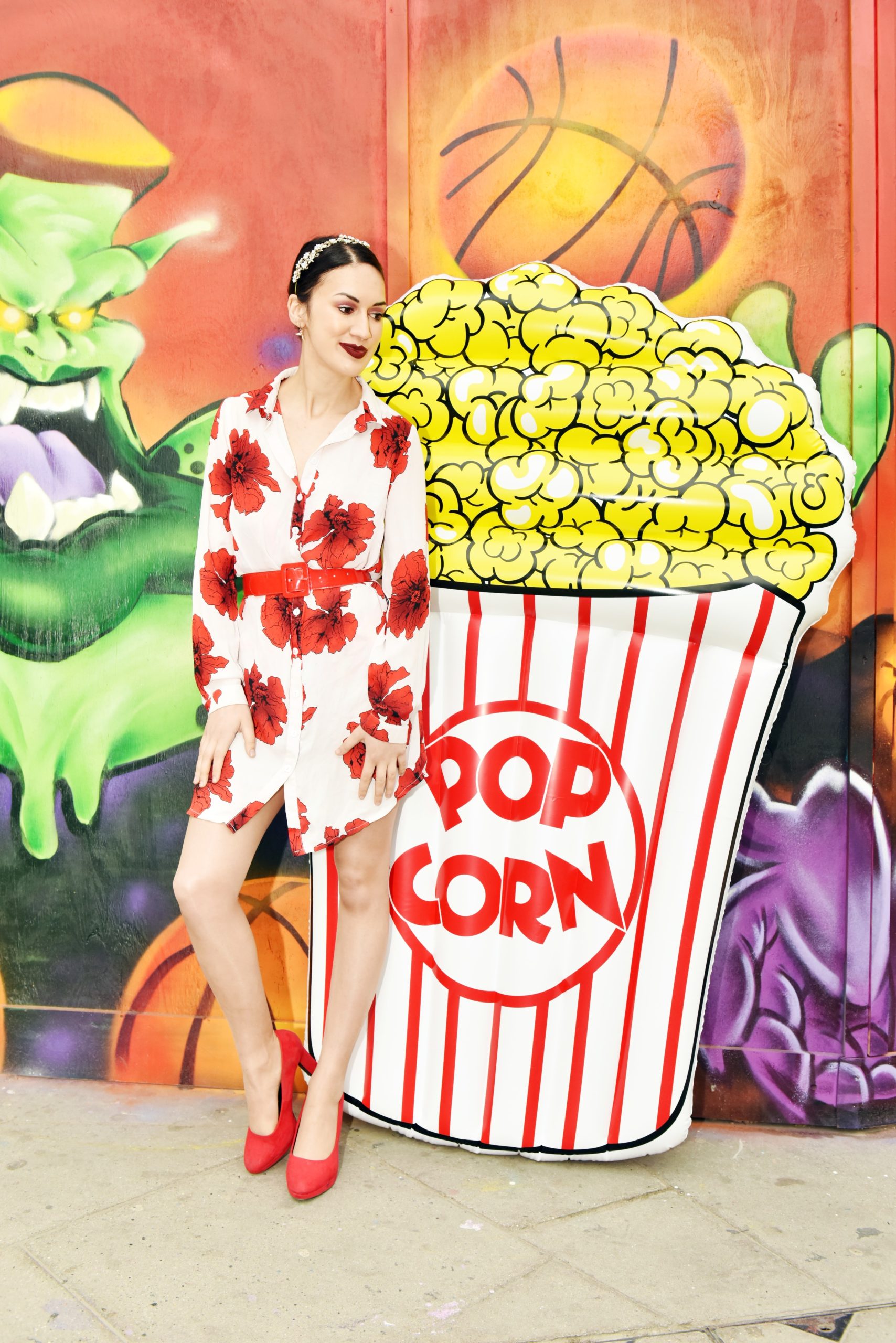
Product Development And Manufacturing: Time To Plan
Beyond financing your brand, and watching your brand come to life, product development is just as important. From defining your first fashion brand collection, and why it stands out, to finding fabrics, manufacturers and prototypes for your brand, every detail is important.
Define Your First Fashion Brand Collection
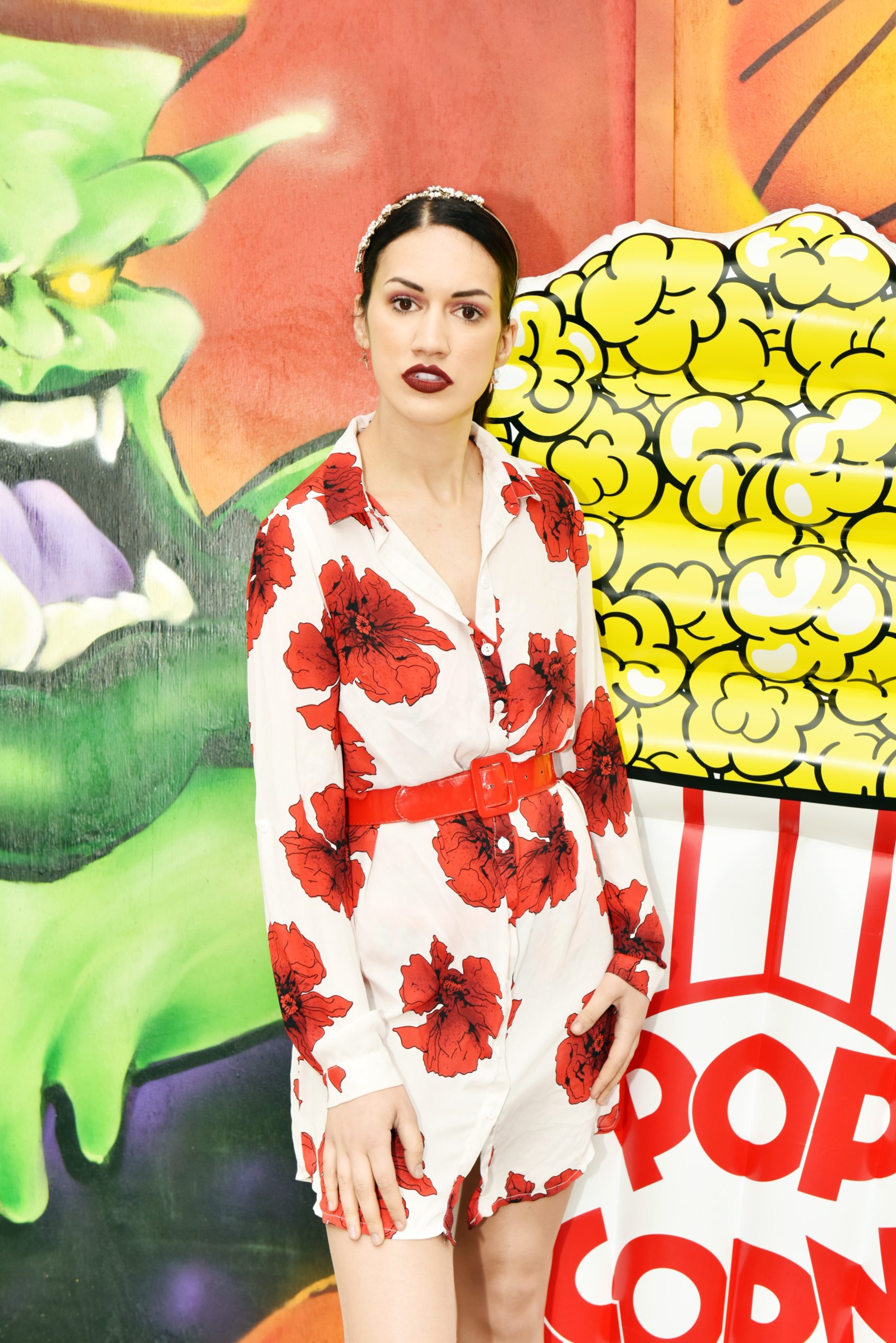
Your first fashion collection should mean something big to you. This is a start of a new career, a new enterprise, and a move that could change your life. Whether you want to create a fashion marketplace, a small business or sell on platforms like Etsy, and Redbubble, the choice is down to you. By this point you have already set the foundation for your fashion brand, so it is time to start the product development, and the process of making or manufacturing your garments. First of all, define your first fashion brand collection.
Let’s say that you are creating a colourful personalized headband brand, featuring florals, tropical prints, bold summer colours, as well as more niche headbands inspired by mermaids, unicorns and fairies. Everything about your brand is bold, yet whimsical, personalized, yet accessible. Making your collection clear and cohesive is so important, so focus on your brand identity, the products you want to create and your business goals. With the colourful headband brand, how can you make it distinctly you? Well your headbands can be made to order, and the customer can customize the headbands. From the size, to the design, to the colour, they will have a unique headband that they won’t be able to find elsewhere.
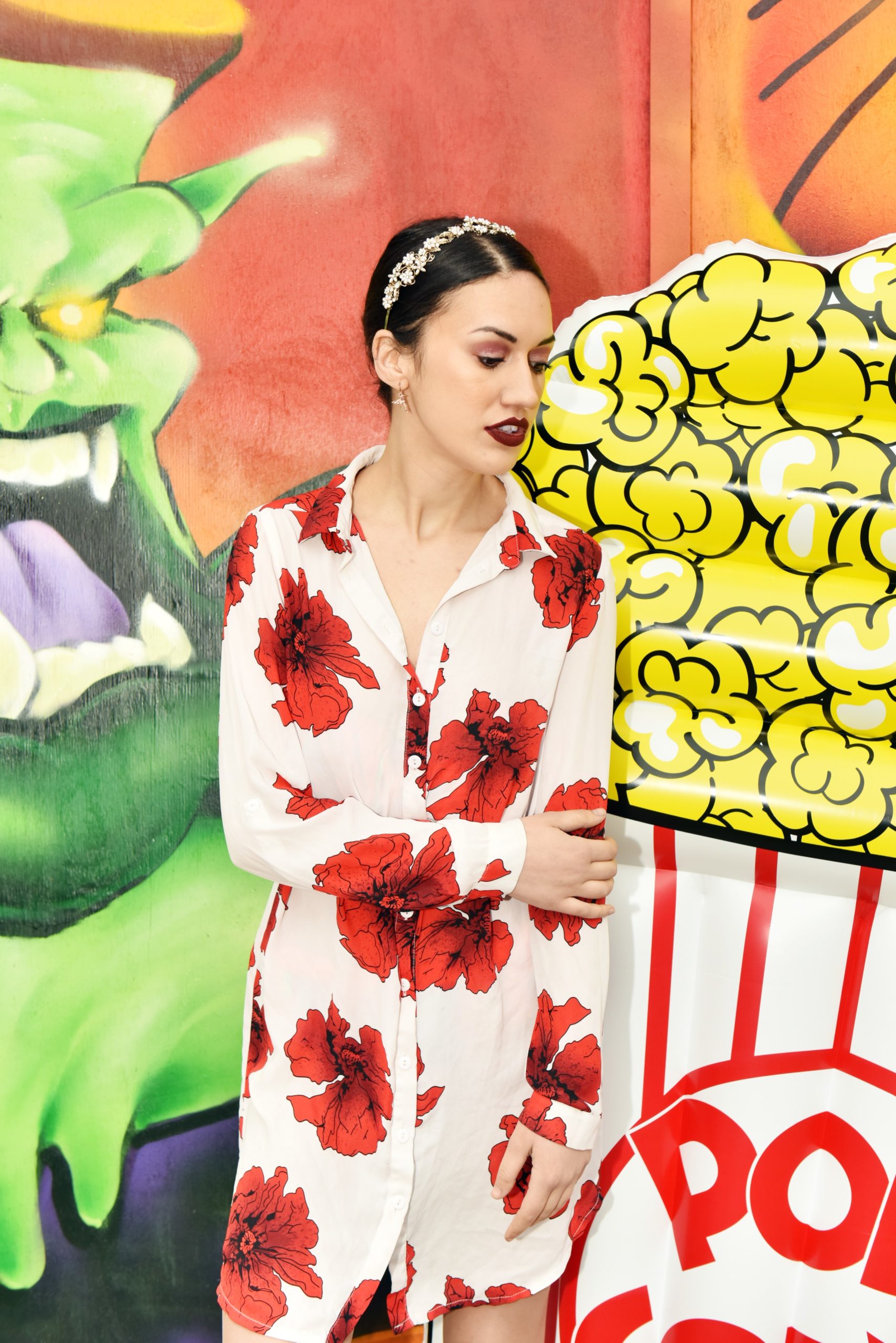
My friend Shanice, the founder of The Peachy Kind, does this really well. She offers affordable but stunning headbands, that can either be brought off the site, or made to order. In my case, I had a beautiful white headband that was emblazoned in gems, mermaid tails, and unicorn horns, which was all kinds of all. What she has done well here is created a unique selling point, as it a personalized range of headbands. As someone who appreciates the ‘unique and the quirky’, this is a major factor, when I buy from small businesses.
It is also wise to create a product range plan, which has a detailed overview of your entire collection. If you are doing ‘mass orders’ this is useful as you can keep track of style numbers and names, styles, colours, variations and defining features. For example, let’s say you have a pink slogan T-shirt that is also available in blue, green, and lilac. Someone has ordered the pink, so it might come up as ‘Pink Oversized Slogan T-Shirt 2’, whereas the blue might be ‘Blue Oversized Slogan T-Shirt 3’. This is a solid way of structuring your fashion brand collection and documenting all your orders.

Find Fabric, Resources And Manufacturers
Another significant part of your fashion brand production process is sourcing factories, materials and accessories. Contrary to popular belief, choosing the right materials is a mission. For starters you have to evaluate what your price point would be, the quality level of the garments that you are sourcing, as well as the performance requirement. For example if you are sourcing activewear then you would need stretchy, breathable fabric that allows the person to work out comfortably, and get their body moving. You don’t want something that is restrictive.Remember that when you are choosing your materials, it isn’t just the material itself that you are looking to source, but also features like cords, zippers, buttons and pockets to create functional clothing.
Finding a factory is also difficult, because if you are anything like me, you will want to create a fashion brand that is ethically made. So choosing a factory where everything is made in house, people are paid fair wages, and are not exploited for clothing is so important. You can find factories through clothing trade shows where you can meet suppliers and see what they have to offer. You can also find factories through networking with other fashion designers, Google research, social media call outs, and visiting factories in person. There are also databases where you can find manufacturers and factories, although it’s important to note that finding resources depends on how you start your fashion brand. For example are you wanting to be a custom designer?
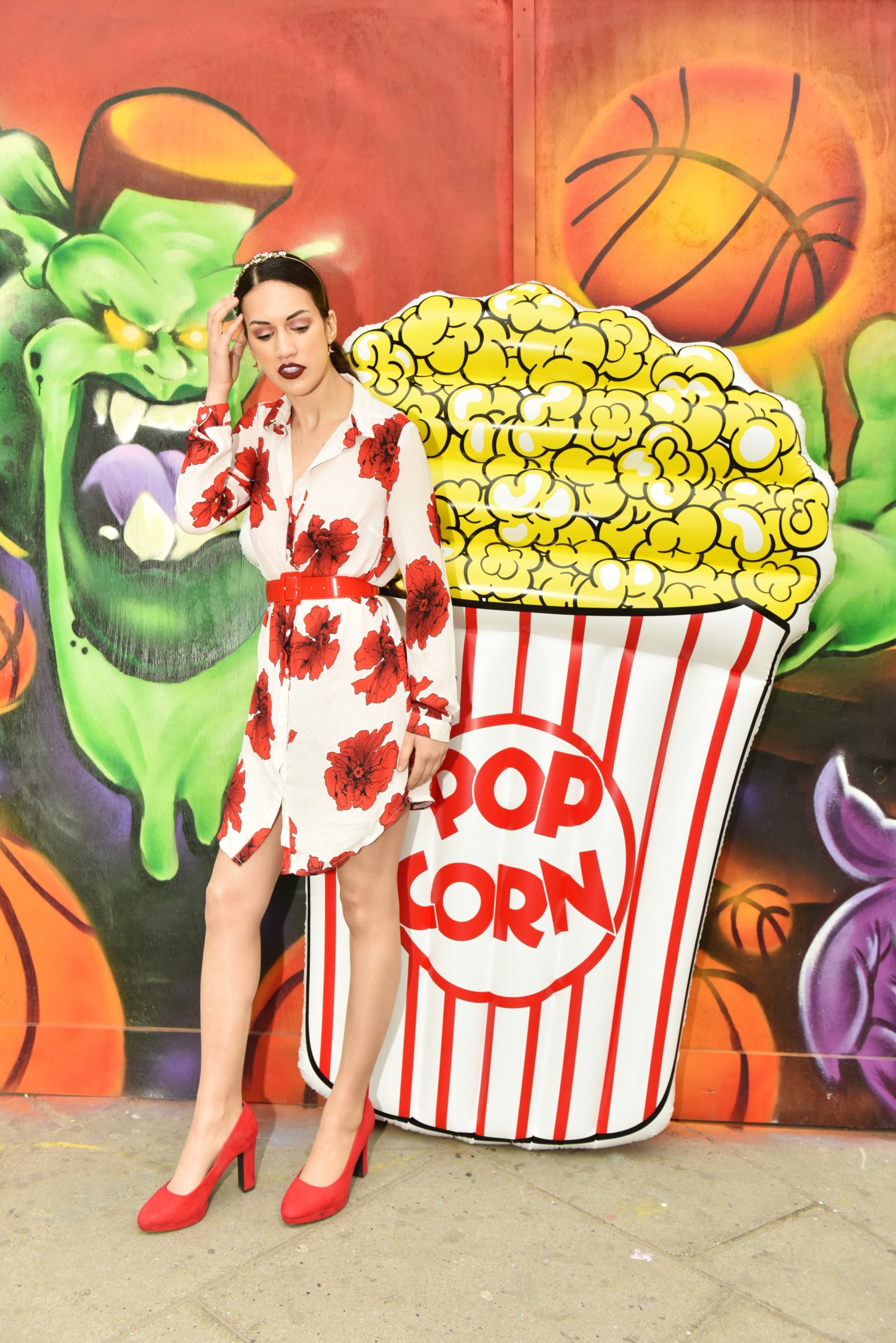
Then working with a clothing manufacturer is your best bet. You have the creative freedom to create your own designs, and produce clothing that your audience will be begging to buy. You also have more control over marketing, and are able to create a ‘more personalized brand image’, working with a manufacturer who will bring your clothing ideas to life. However, it is also costly. You are making an upfront investment that could potentially be a financial risk, and have to buy in bulk which can be costly. That being said when weighing up the pros and cons, it’s important to note that you can work with platforms like Etsy to host your designs, which will give you a higher chance of making profit, at a lower cost.
If you are looking to create a fashion marketplace, with non-custom designs, then working with a ‘dropshipper’ might be the best way to make a profit. Dropshipping allows you to start a fashion brand after lockdown without the hassle of managing inventory, packaging or shipping. It helps you create an e-commerce store, and enables you to create print on demand fashion products, whether that be dresses, shoes, t-shirts, accessories or anything else. Examples of dropshipping platforms include Aliexpress, Alibaba and Spocket, which are all well-known international brands where you can become a ‘seller’. With Aliexpress for example, you can either become a seller on its website, or create your own website, and order the order quantity and volume off Aliexpress.
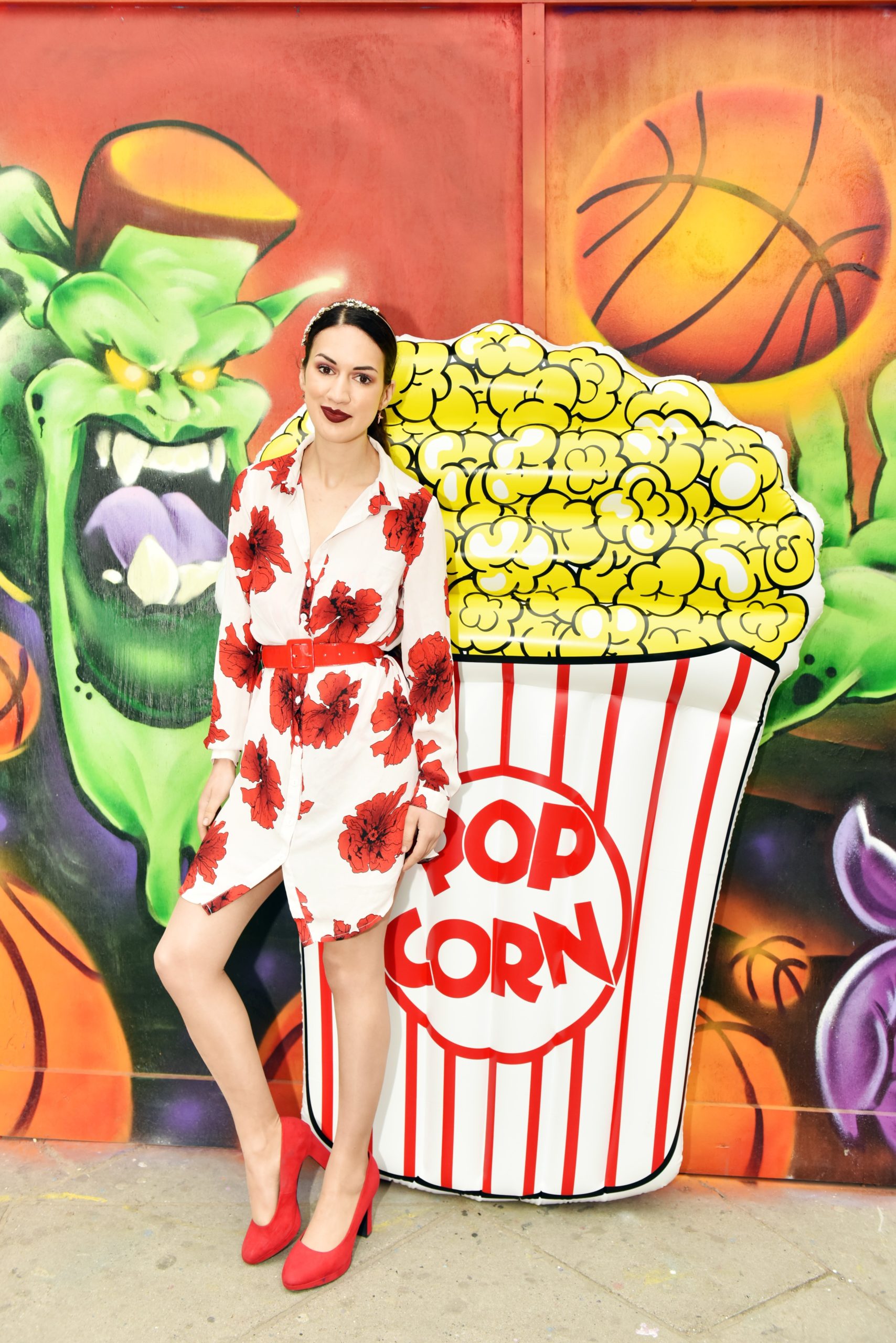
Create Patterns, Sketches and Prototypes For Your Brand
This is probably more useful for designers, and those who want to start a fashion brand with custom designs. We all know that creating your first apparel product or sample can be scary. After all, you are putting yourself out there, and showcasing your designs to the world. Even if you are amazing at sketching your designs, it is important to note that your vision can be tricky to execute. Especially as there is a difference between a ‘sketch’ and the finished garment, which can look different than you expect it to be. For example you might sketch the most amazing red and white polka dot dress, with off the shoulder ruffle detail. However the finished garment might not be high quality, the print might look all wrong, and the construction might be clumsy.
Which is why you need tech packs to find a good pattern maker. Your pattern maker, will make your design or designs in your wanted sample size, and it will later be graded to fit several sizes. You can express the sizes you want the sample in, the pattern that you are after, and the materials you would like to use. Once your pattern is agreed upon, you will then start making your amazing prototypes! A prototype is a draft version of a product that allows you to explore your ideas, before investing time and money into the development of the product. It will give you a clearer idea of what you are after from your fashion collection, and help you understand your brand from a design point of view. In between every prototype you will measure, fit and adjust the pattern of your garment, so it becomes the fashion product that you want. Usually you will need around 3 prototypes per style before you have a finished sample that is ready to show and sell.
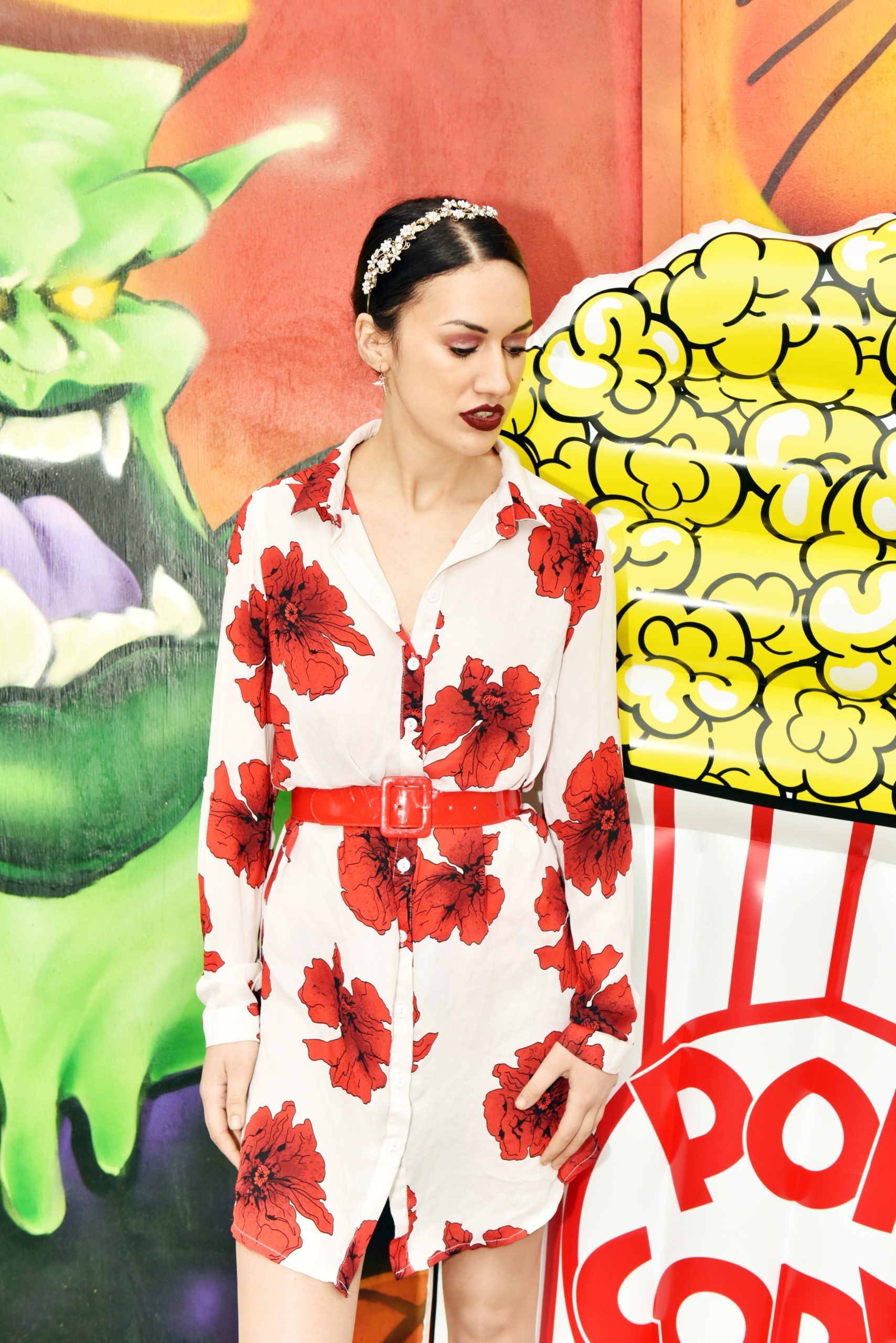
Before developing your prototype, it is worth noting that some fashion designers like to create a ‘virtual prototype’. This gives them a rough idea what their design will look like as a full-dimensional product. You can use 3-D rendering to rotate and animate your virtual sketch so that you can visualize it from all angles. For example let’s say you are designing the most incredible Ted Baker esque ballgown, emblazoned with psychotropical prints. The animator will allow you to see how the dress moves, and imagine how the dress feels, while you can see how it looks like from the back, side, and front. Even upside down if you really wanted! Tools like Quadro can help you transform your 3-D drawing into a photorealistic prototype, giving you a better physical impression of your design.
Marketing, Sales & Strategy
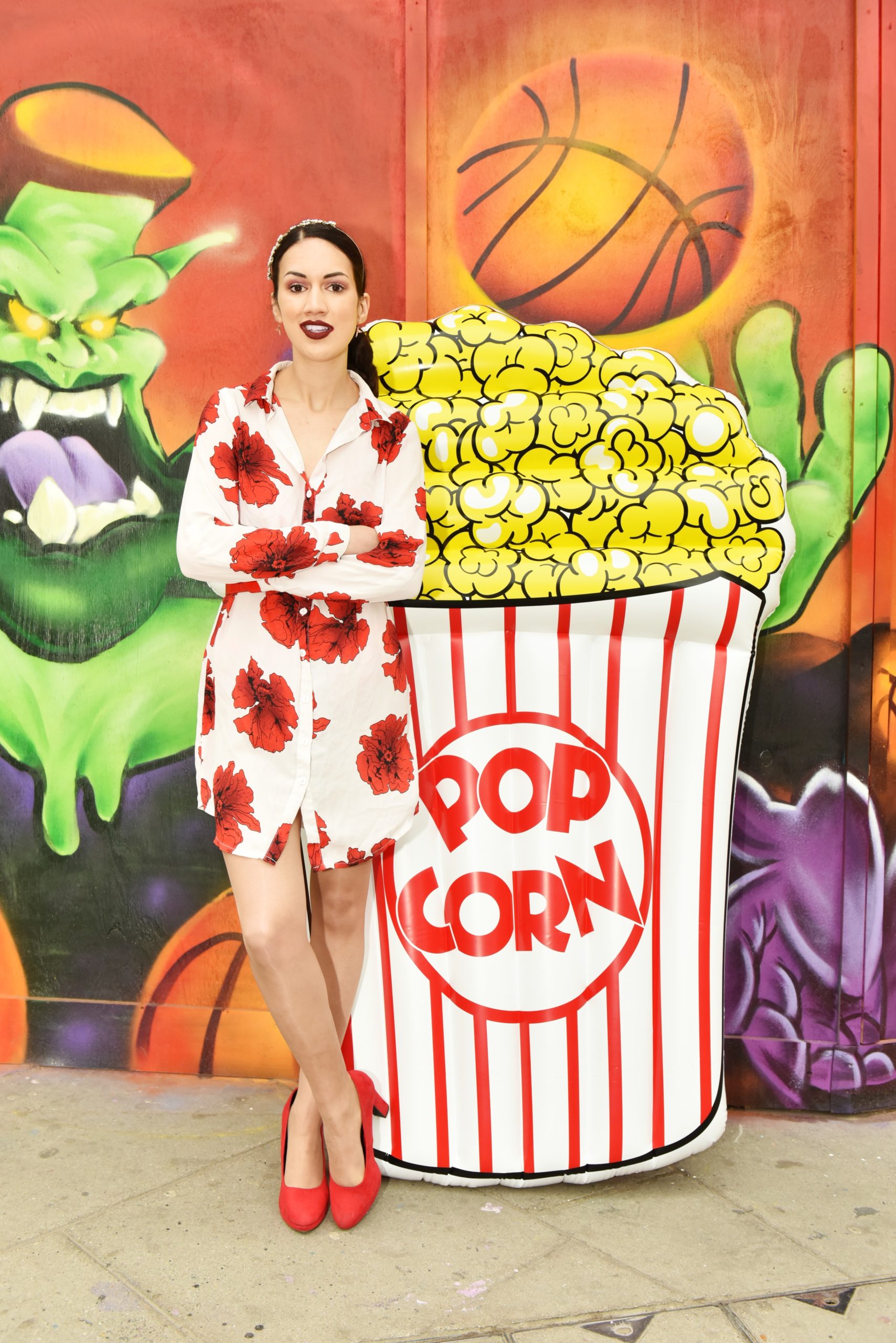
Marketing your brand is so key. After all, if you don’t know how to market your brand, then you wont make sales. Making a profit lies heavily in the marking approach that you take, as well as your sales tactics and how you draw your audience in. It is about understanding your product, what your audience wants, and how to get ahead of your competitors. When you start a fashion brand, staking out the competition can help you evaluate their strengths and weaknesses, to improve your own company.
Know How To Market Your Fashion Brand And Make Sales
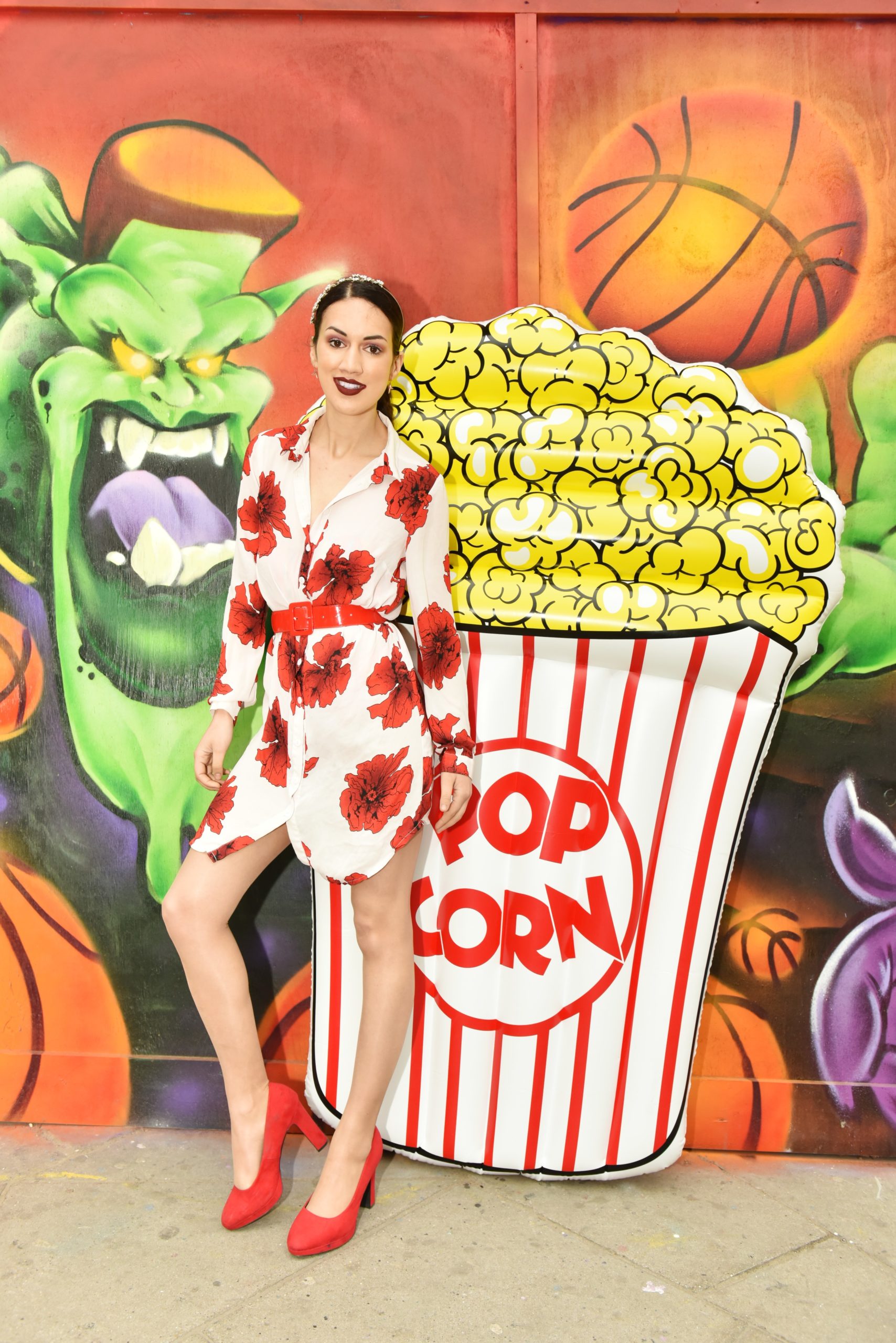
Want to shout about your fashion brand from the rooftops? Then start a fashion brand that creates an impact. It’s a mover and shaker in the fashion world, eloquently capturing its brand story, and stealing the nations heart. But how do you go about telling people about your brand, especially when they have never heard of it, and have brand loyalty elsewhere? That’s where marketing comes in, it allows you to get your brand message out there, and show why people should buy from your brand. For example if you are a vegan shoe brand, people should buy from you because you use no animal materials in your shoes, and create high quality shoes made out of sustainable materials. Your unique selling point is that you are selling a ‘cruelty free lifestyle’.
With veganism on the rise, this is a market that can potentially be profitable but you got to be doing it for the right reasons. Don’t jump on something simply because it is a ‘cash cow’, do it because you want to. Customers can see through all the bulls**t, and will know whether you are invested or not in your vegan brand. When you are authentic, this translates in your marketing. From the tone of voice that you use, to the language, power words, and slogans, what you have to say, will be a determining factor in whether your marketing campaign is a success or not. You are your brand’s number one marketing person and cheerleader after all, so make sure this translates in your communications. Be consistient with how you interact with customers, whether that be on social media, customer services, e-marketing, or even in person. You are the face of the brand, so in the beginning you really need to be hands on.
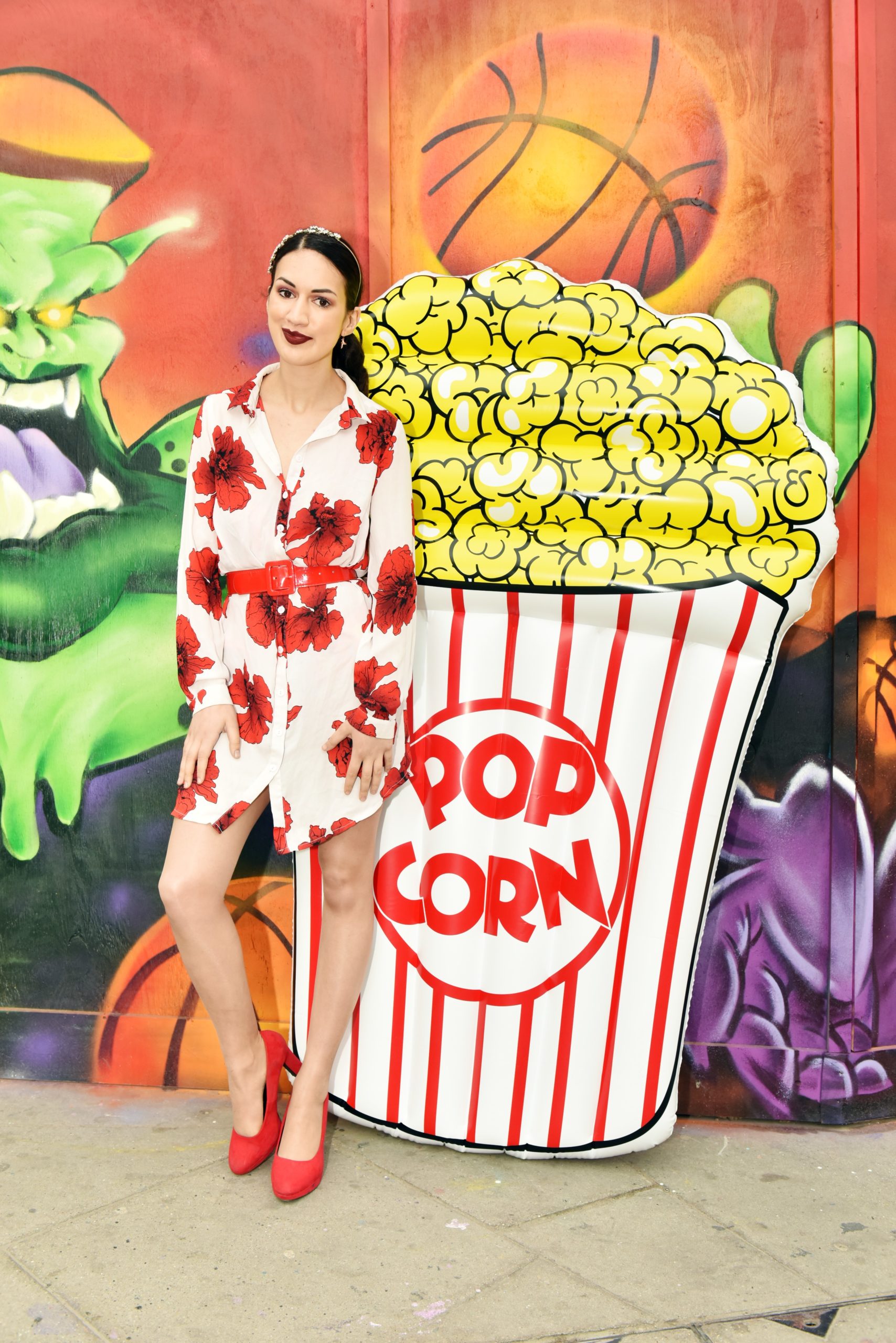
Being honest and transparent is important too. Not everyone is going to like your products, and it is important that you get constructive criticism well. Even if the delivery isn’t great, use it as a learning curve to improve your second fashion collection, and listen to what the customer wants. Ask them what they would like to see in your product range, do they want more sizes, more diversity, a variety of designs. Are they looking for something niche, or mainstream, personalized or trend-led? Customer interactions and communications is a huge part of making sales, creating connections and elevating your fashion brand. Tell your customers what makes you different. Is it your hands on approach, your custom-led designs, or your passion for colour. Whatever your marketing approach, remember to always be customer-centric. After all when you start a fashion brand, having a loyal customer base is so important.

What Are Your Tips For Starting A Fashion Brand In 2021?
*Disclaimer
Please note this is a collaborative post but all thoughts are my own and are not affected by monetary compensation. I would love to know how you learned to start a fashion brand, and what your tips are for budding brand owners.
I think sooo many people will be starting over with new careers this year. Great tips for people in the fashion industry who want to start their own brand 🙂
Yes, 2020 set many people on new adventures! You gave great ideas for those who want to get onto the online fashion industry. I hope you experience great success!
Great tips on starting your own fashion brand and I love your pictures too. So colourful and vibrant!
What a great post. You can’t let obstacles stand in your way of achieving your goals. Mindset and determination are so important. I tell my branding clients this all the time. You are on your way to great success. 🙂
Great advice! I never considers just how much planning goes into something like a fashion brand. It’s hard work.
So many people, myself included are going to find this guide on starting your own brand so useful , good job!
This is a great and fully knowledgeable post! You really know your stuff and this will be so helpful to anyone wanting to start their own fashion brand! Great job!
Wonderful tips for people who are wanting to start their own fashion brand. Your posts are always so detailed and fun to read! Great pics too!
Wow I love your outfits for a summer wedding. So many beautiful choices!
Love these tips especially the part about criticism. Criticism can really help us grow.
So helpful. Thanks for sharing your tips on starting a successful fashion brand.
Great tips for anybody wanting to start in the fashion industry. Marketing is definitely the most important thing – if they don’t know about you, they won’t buy. 🙂